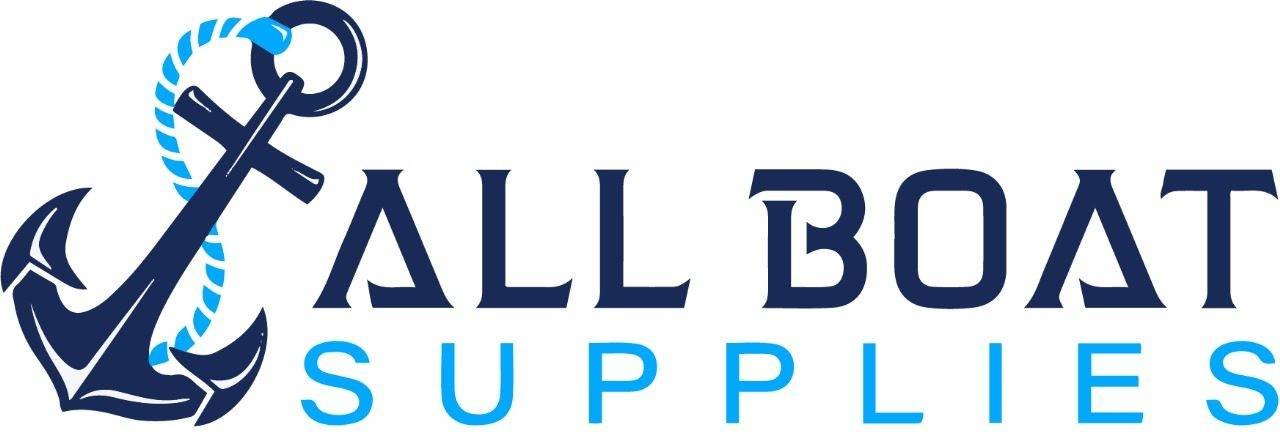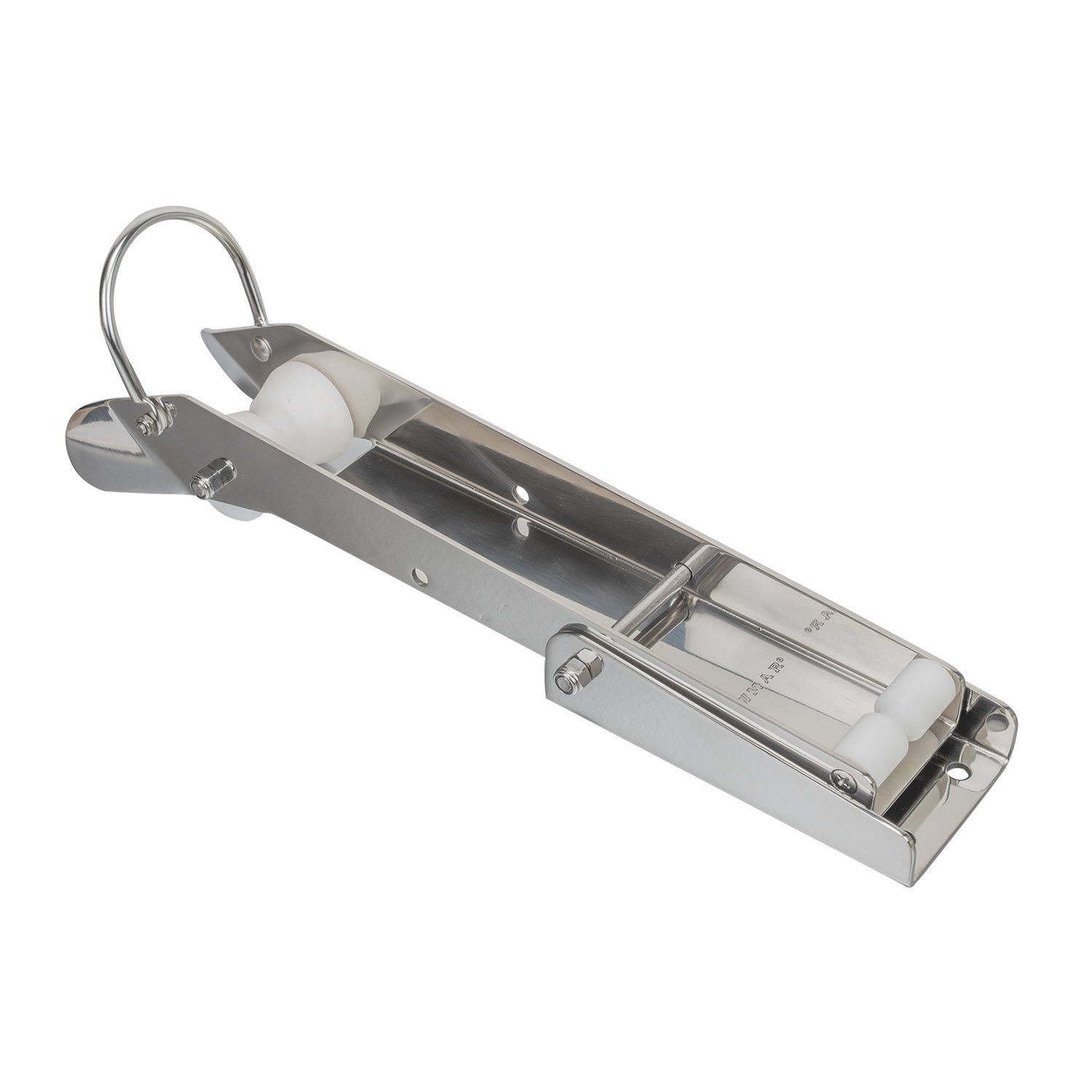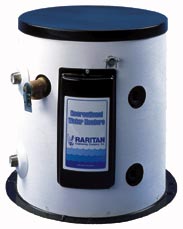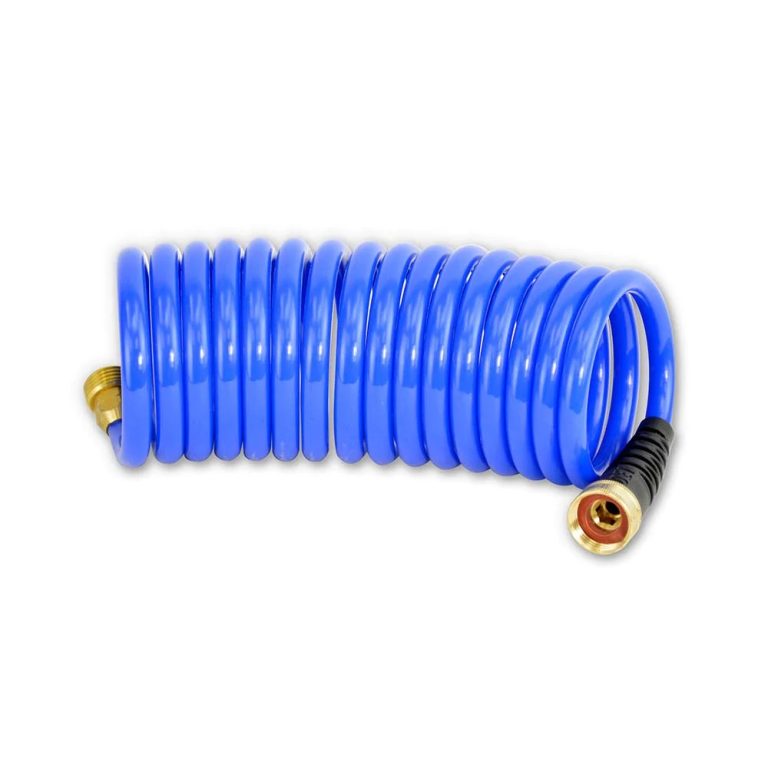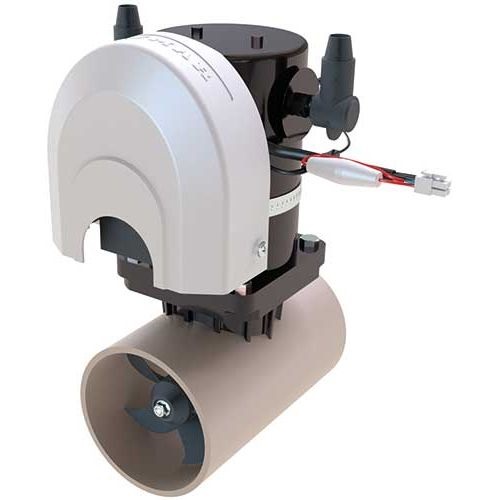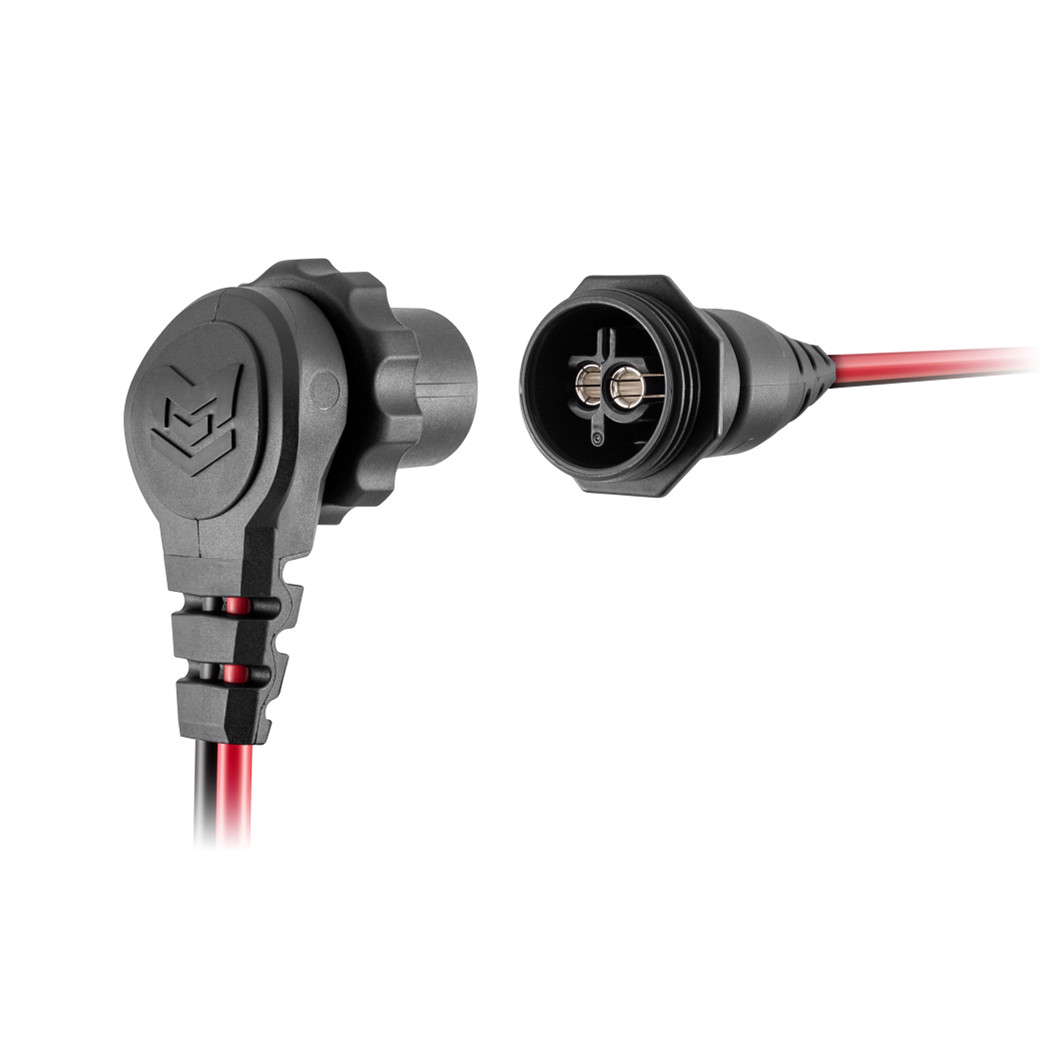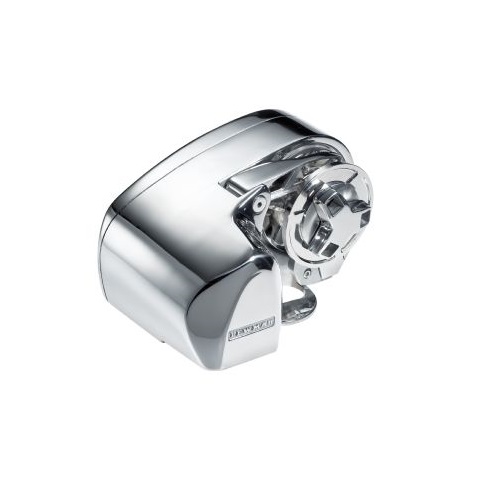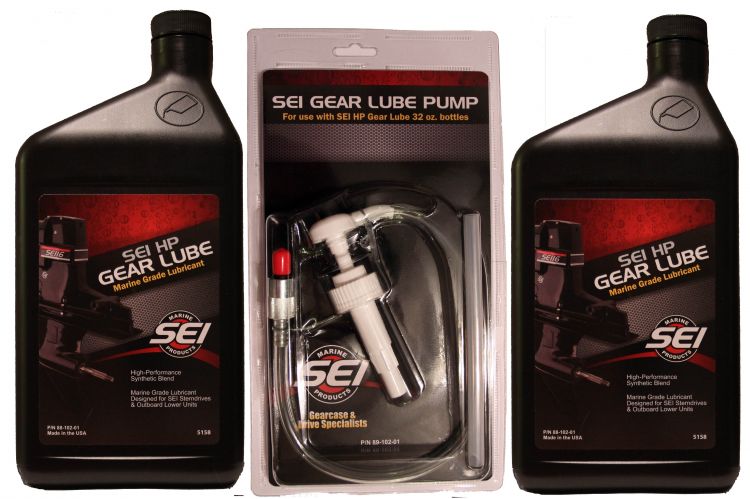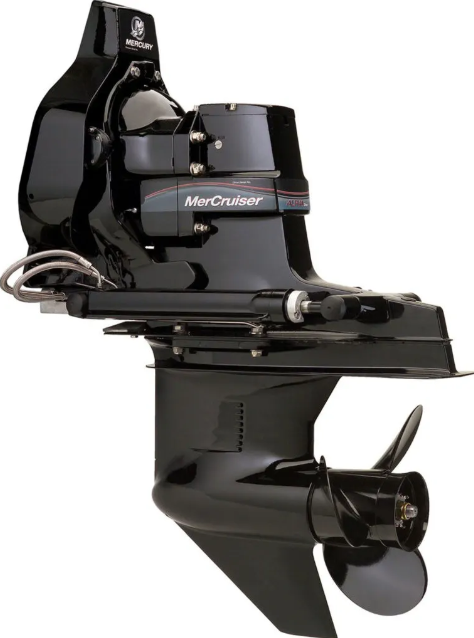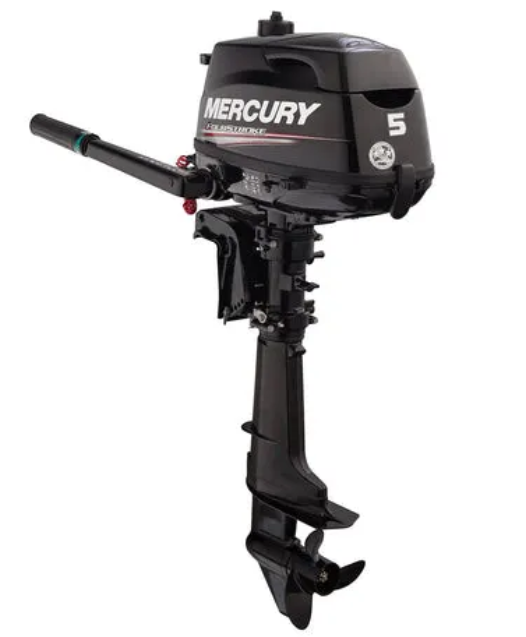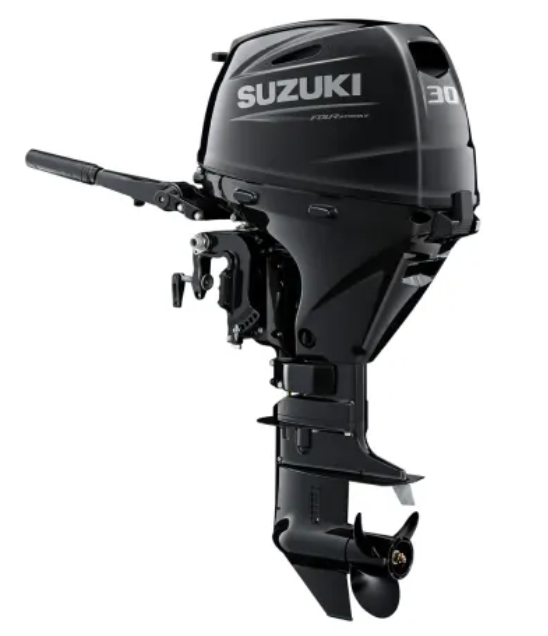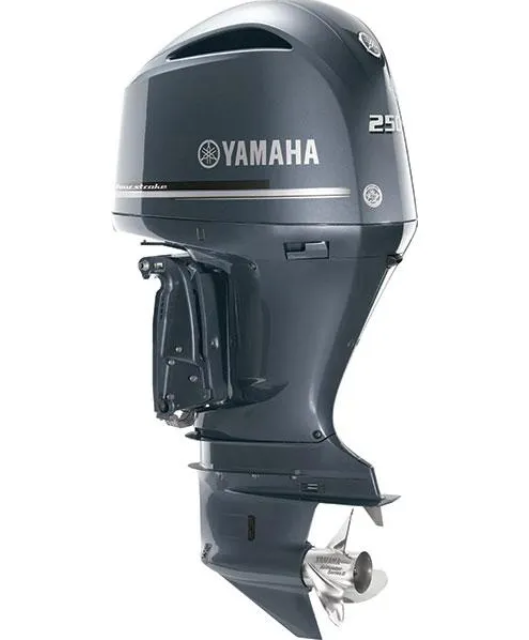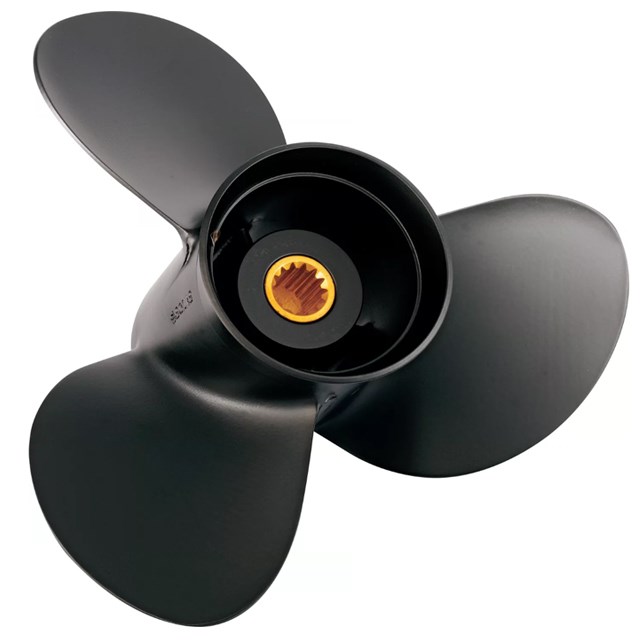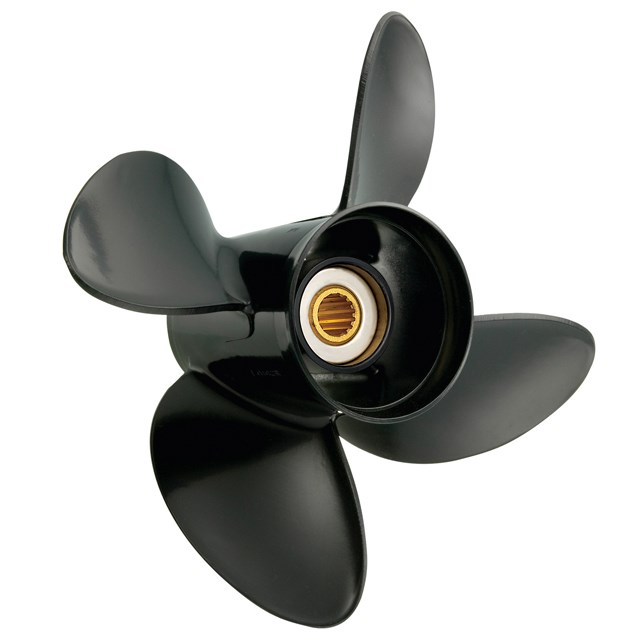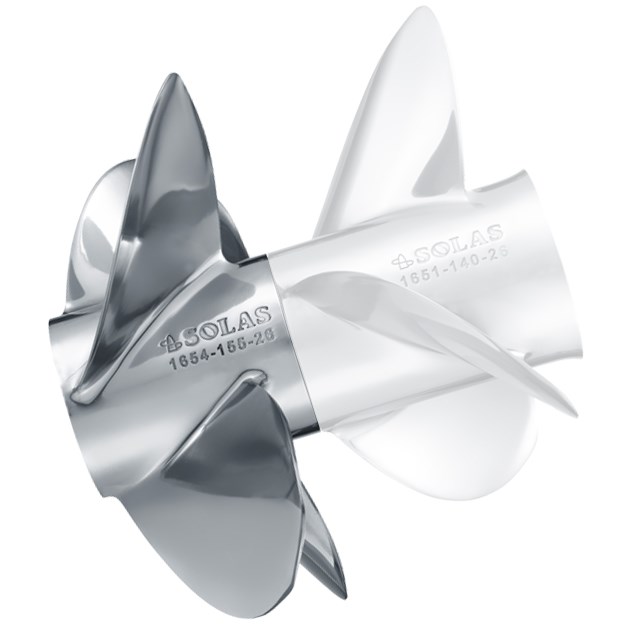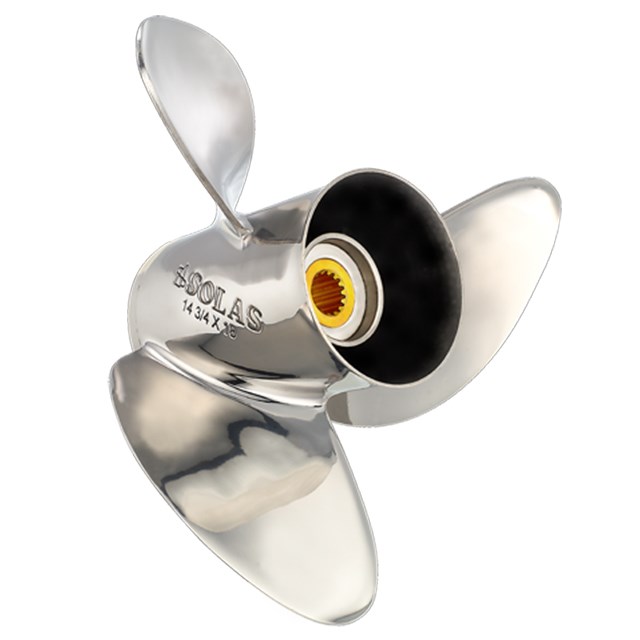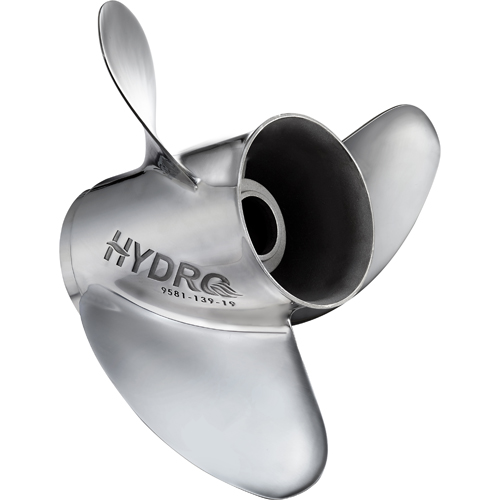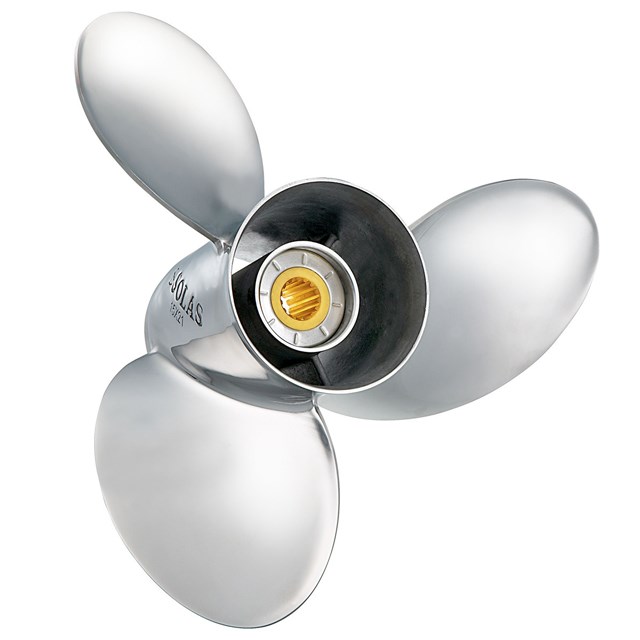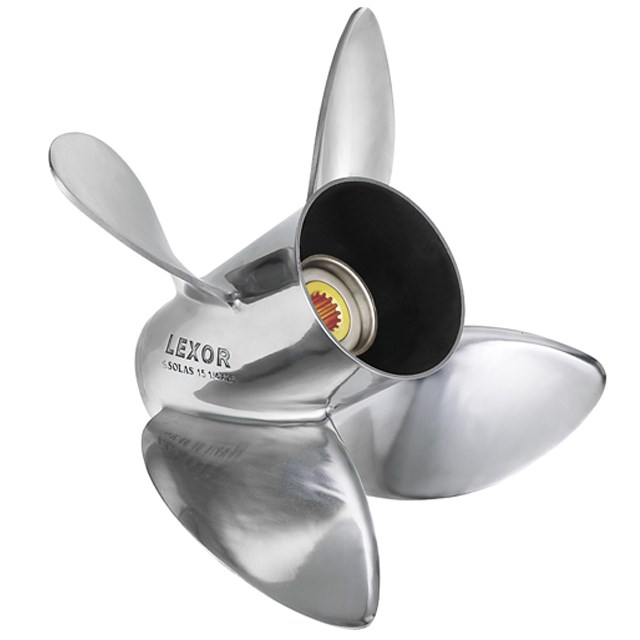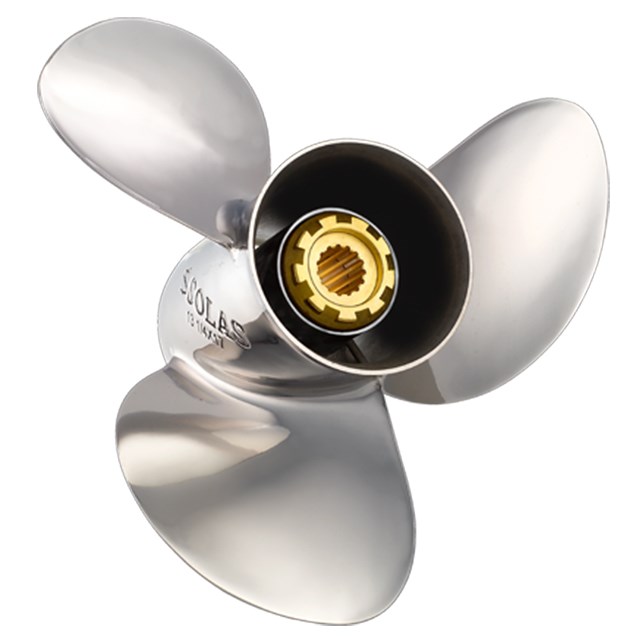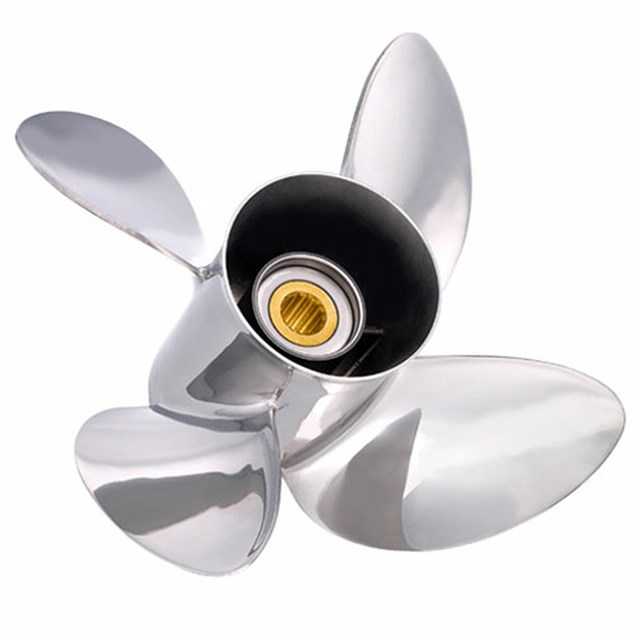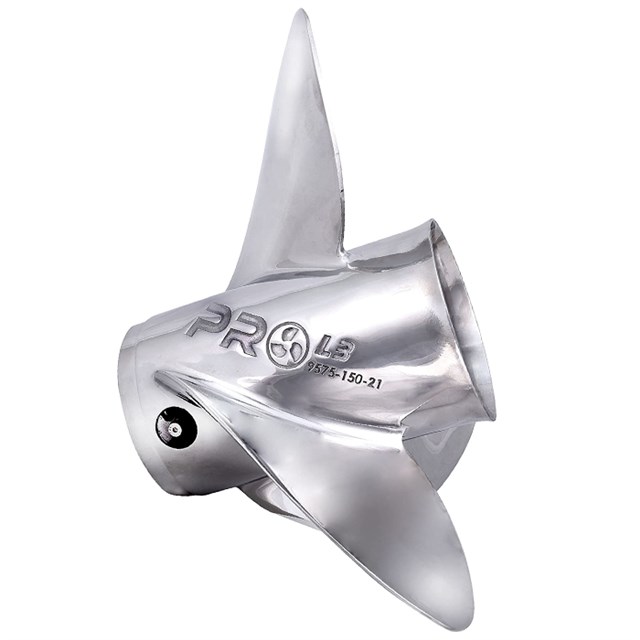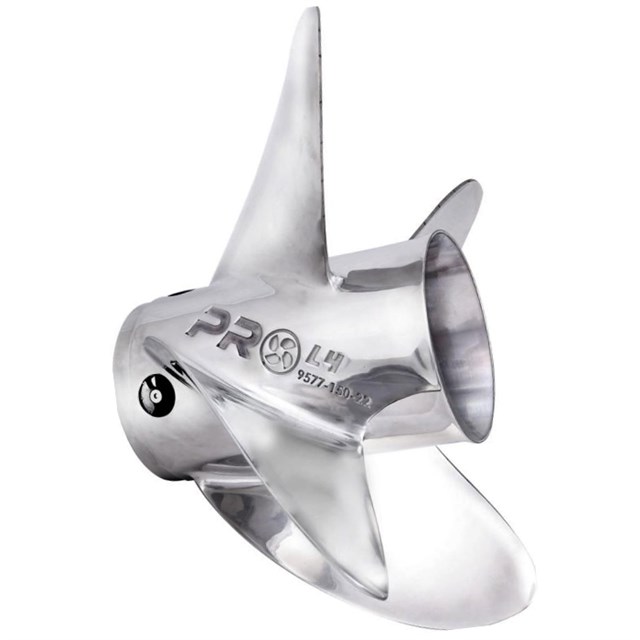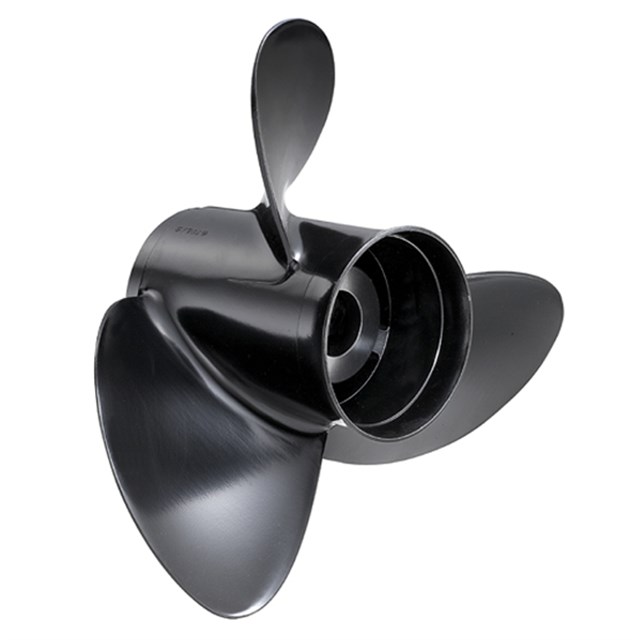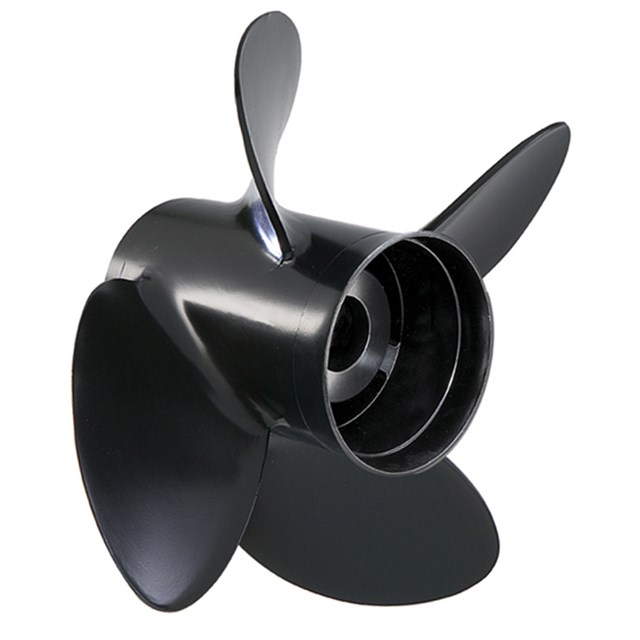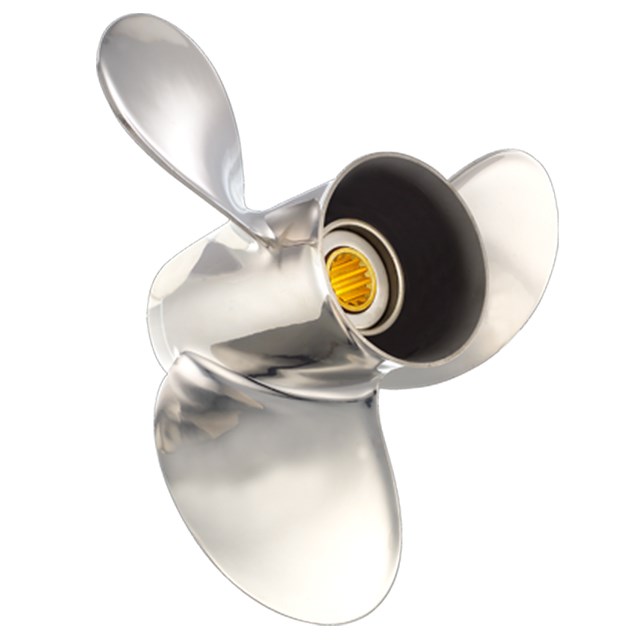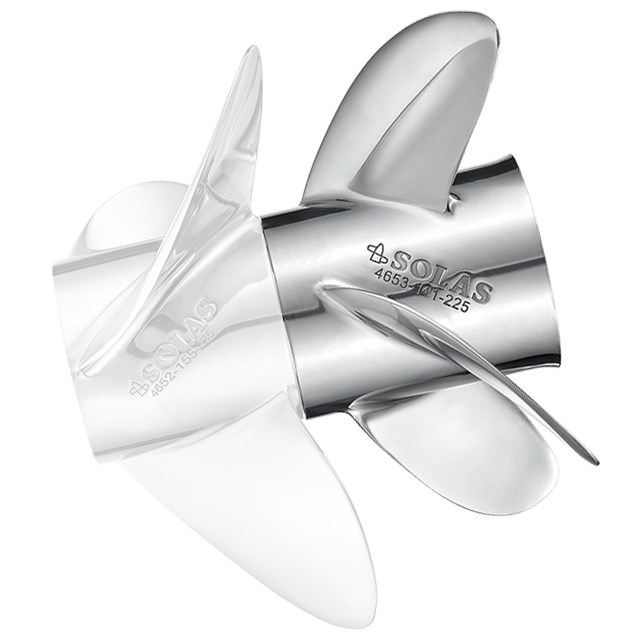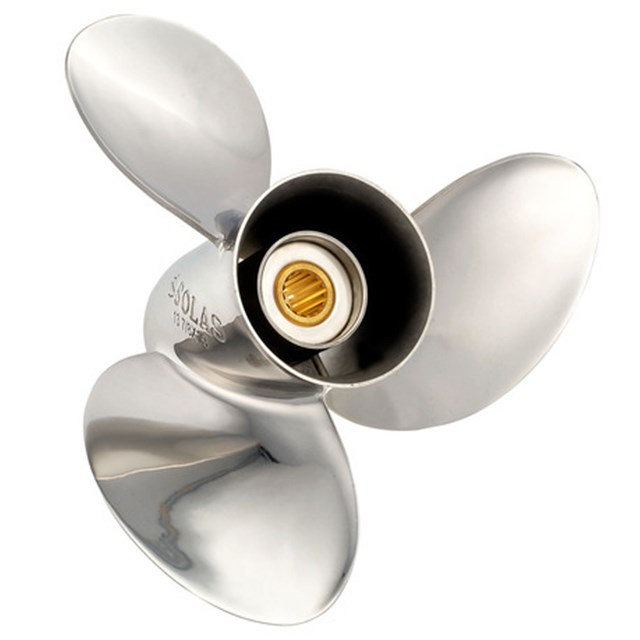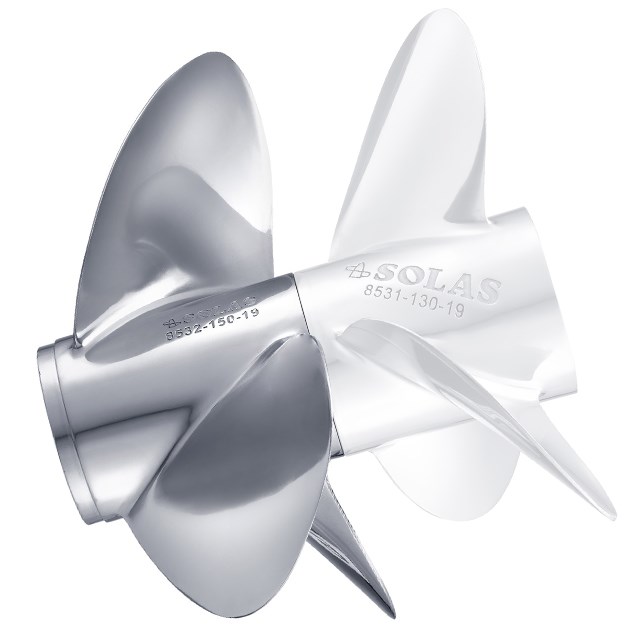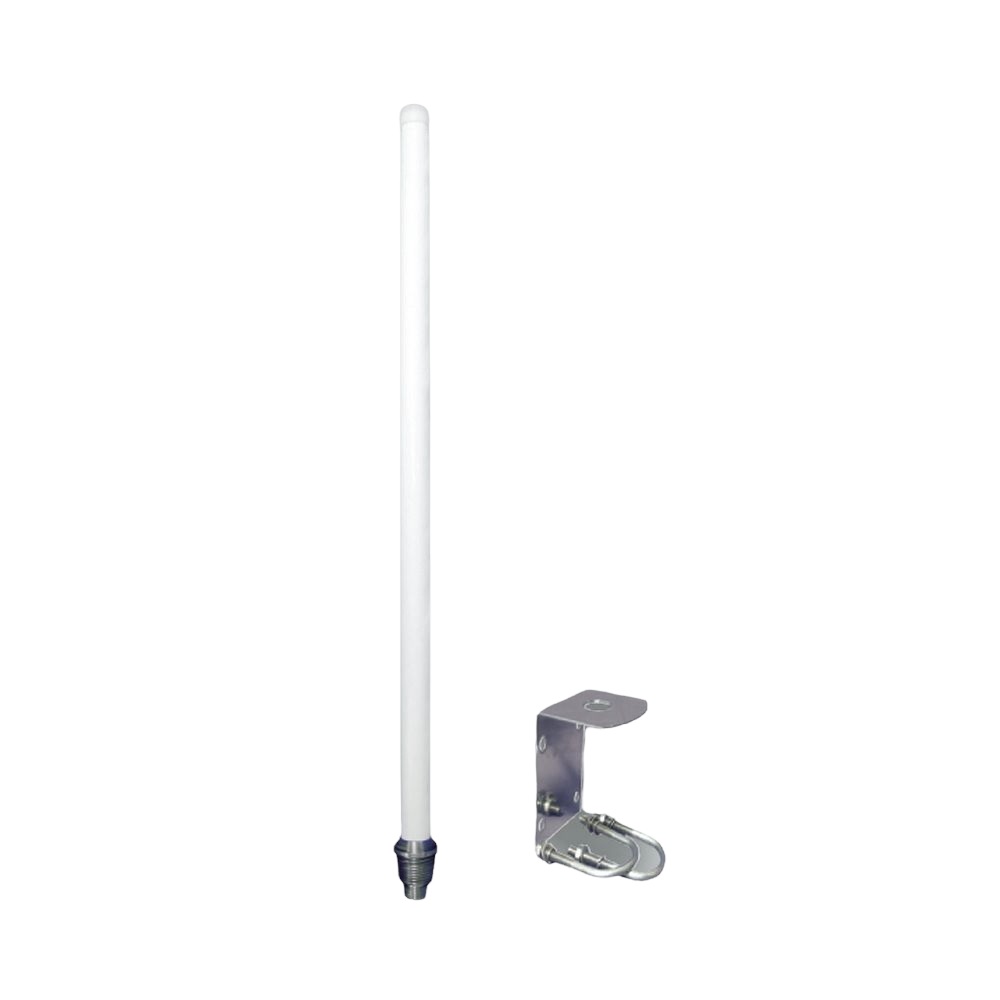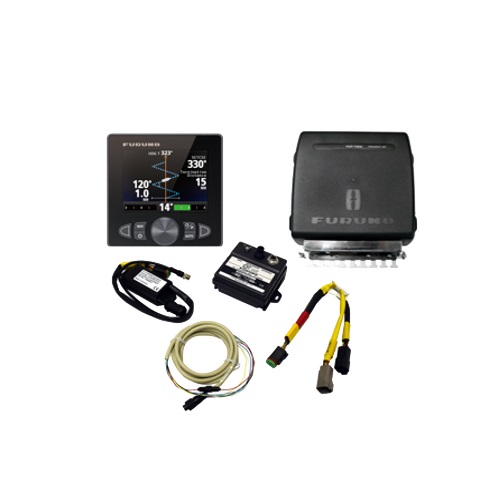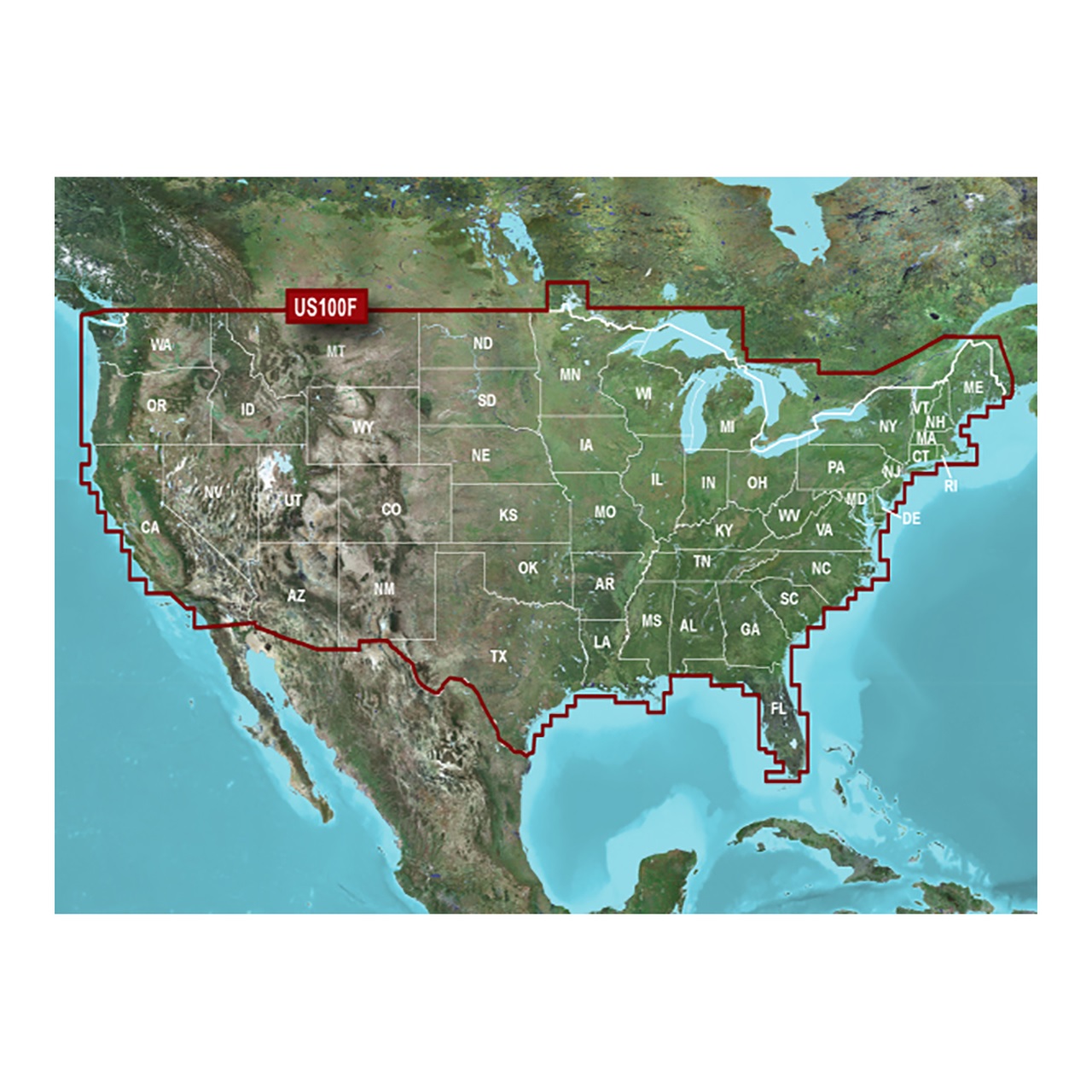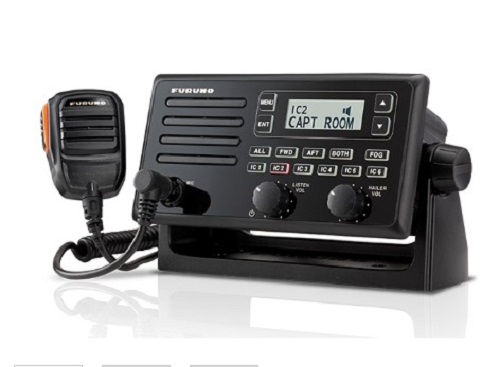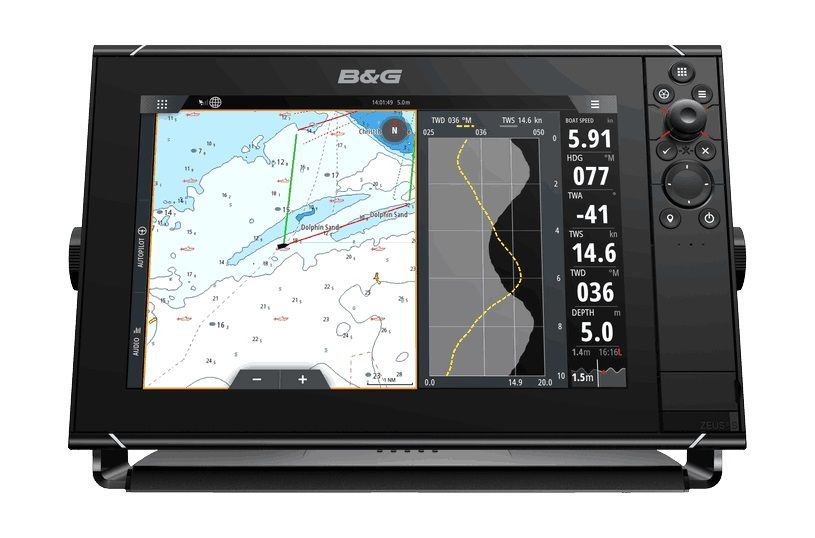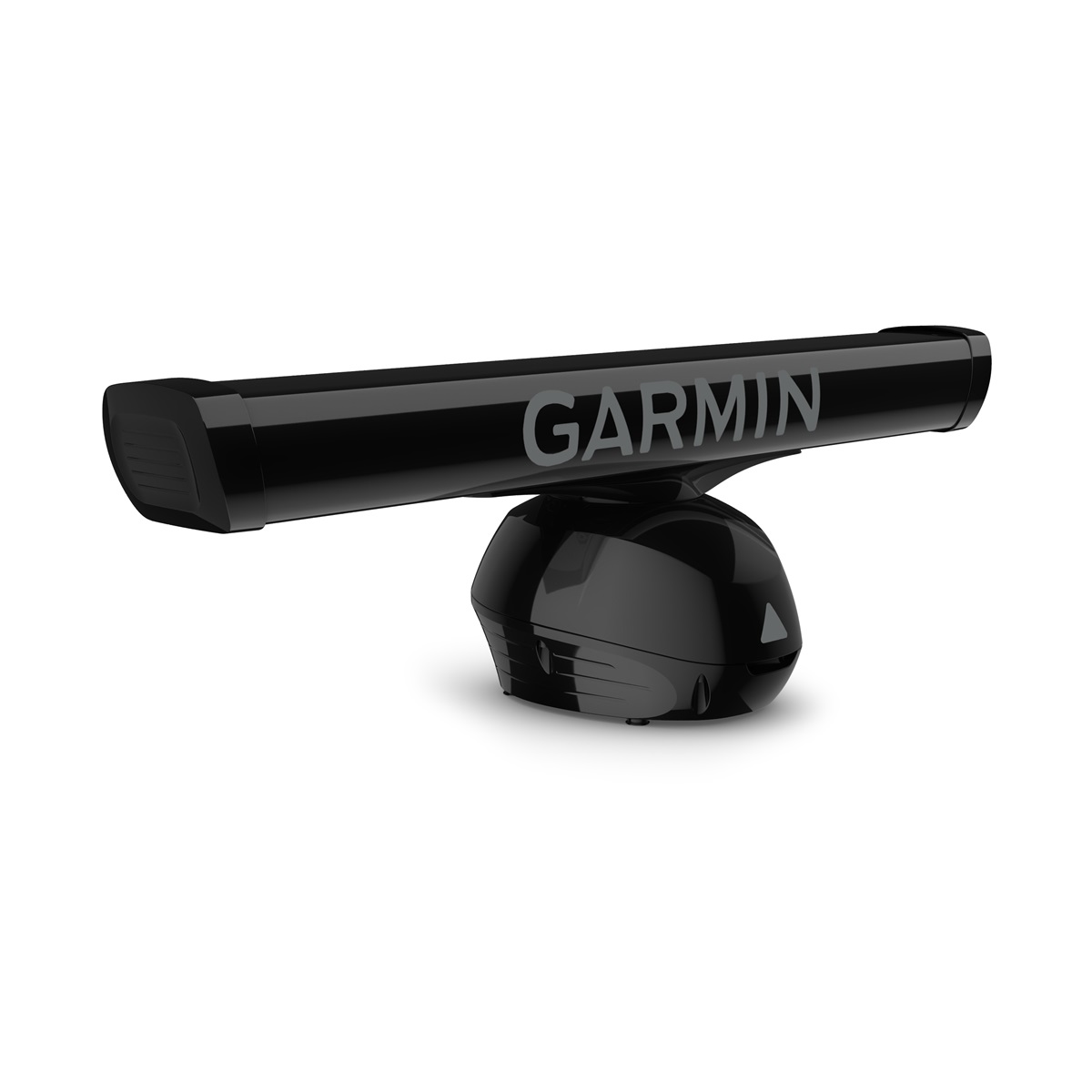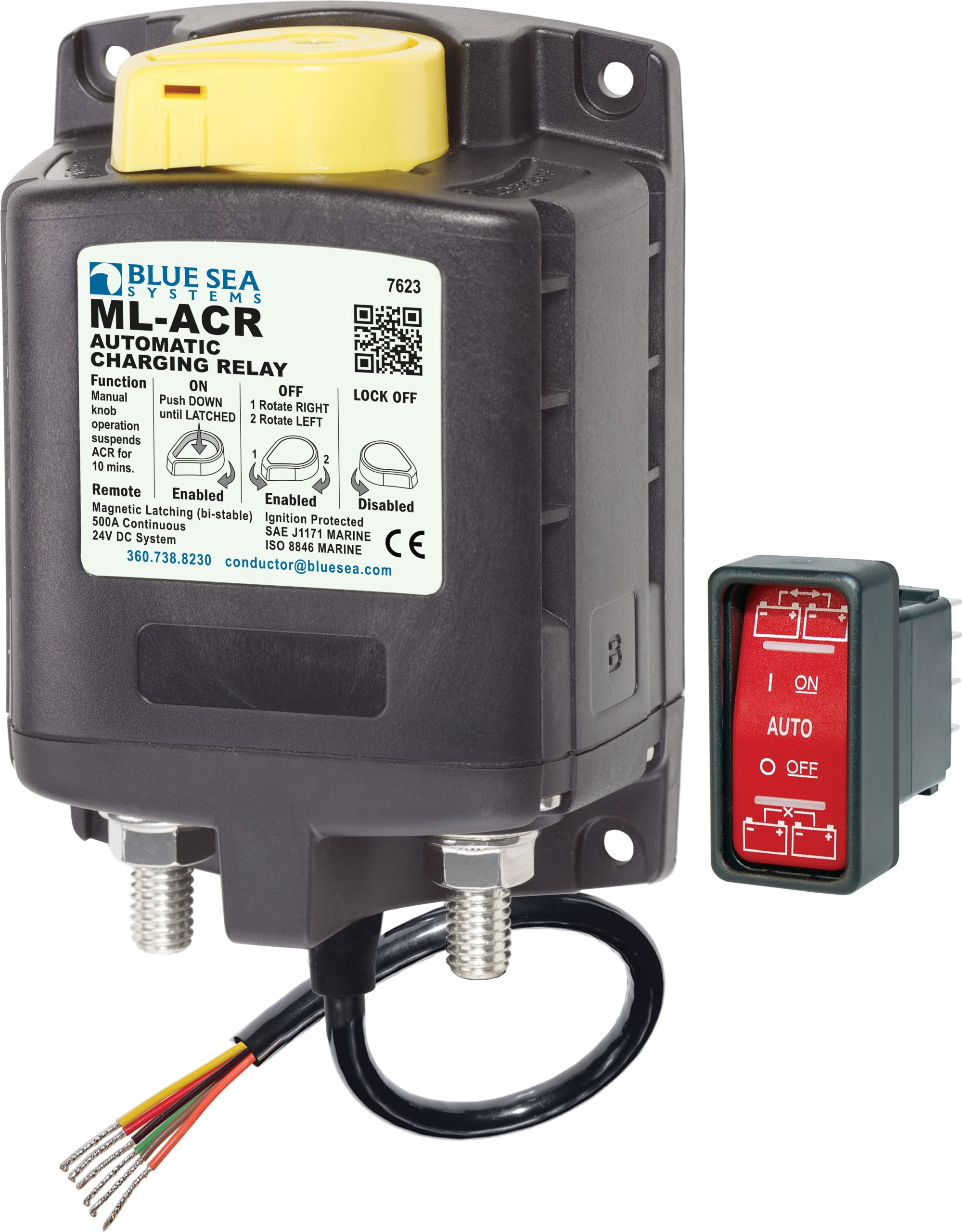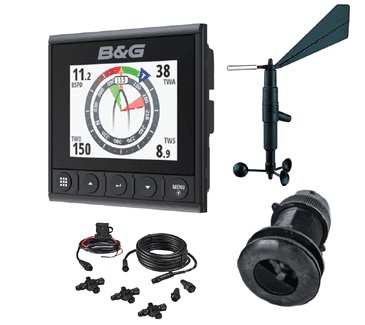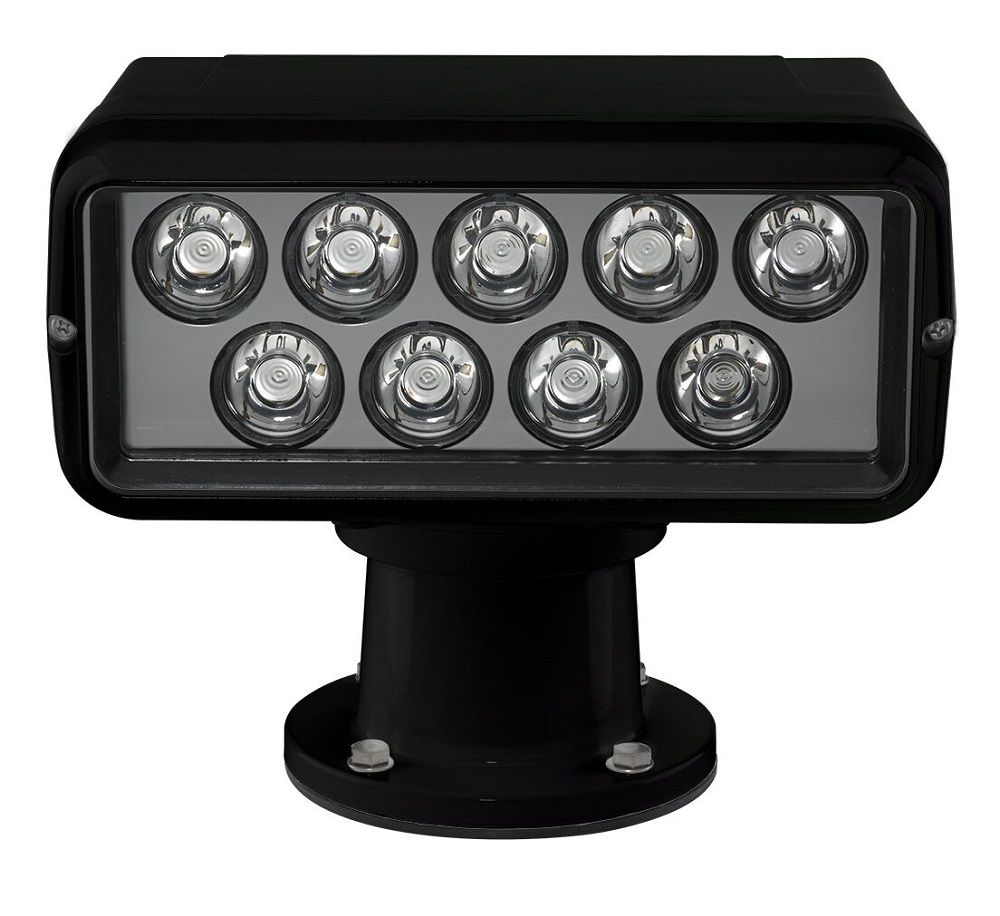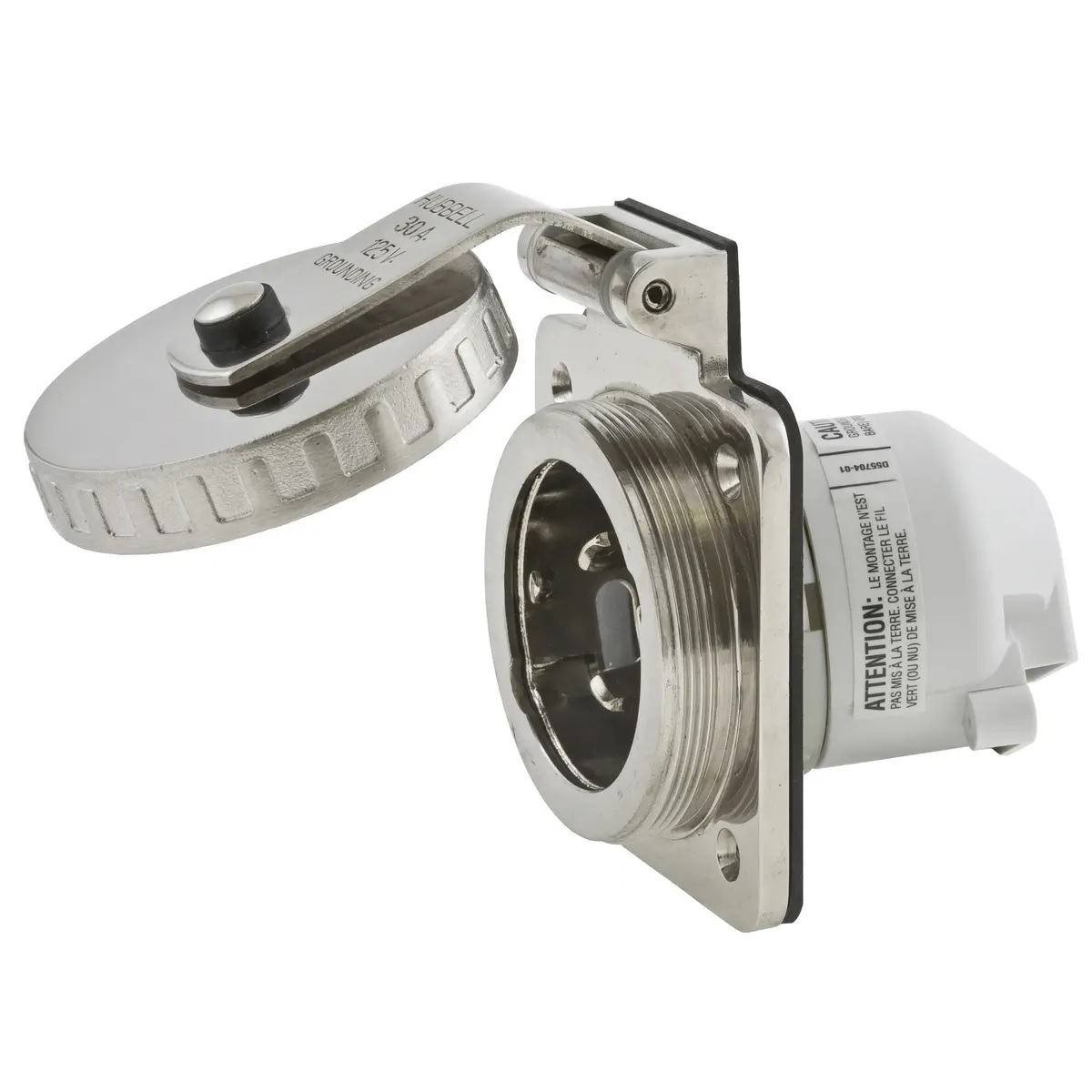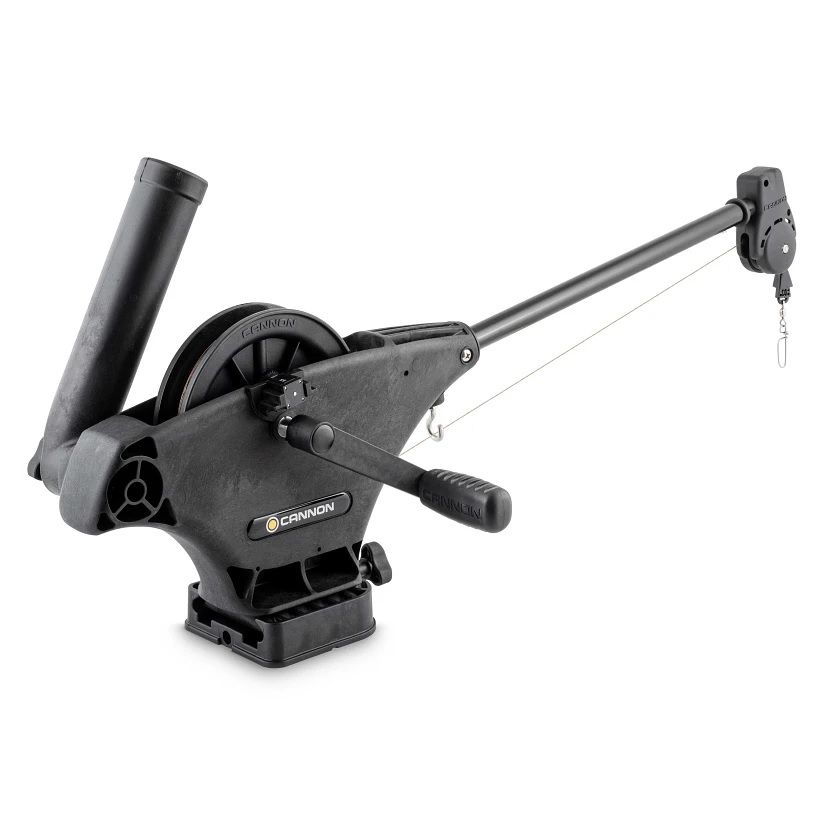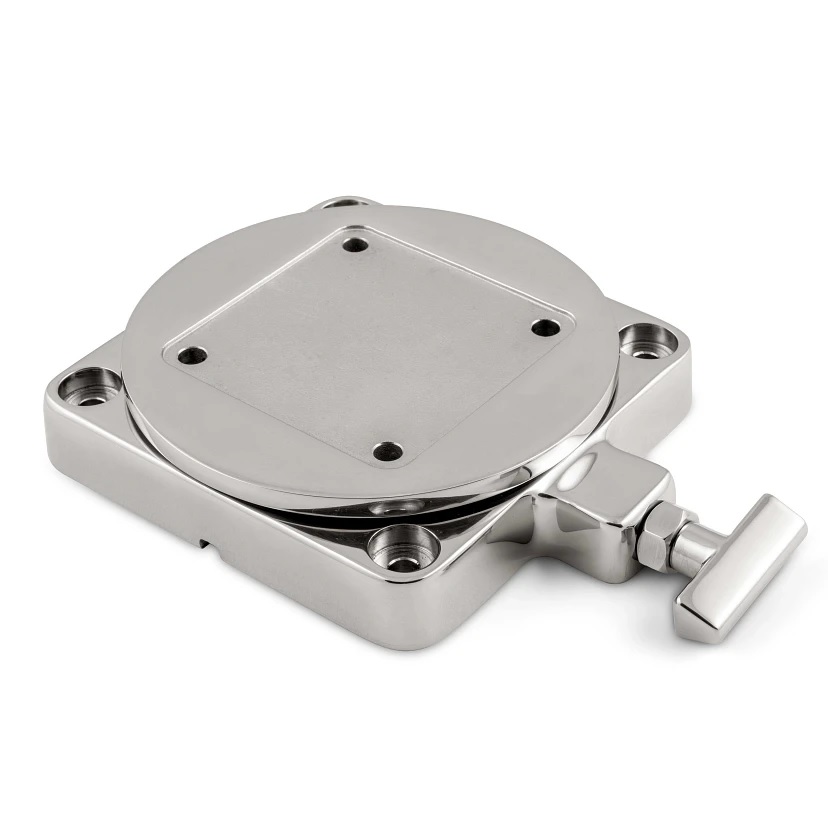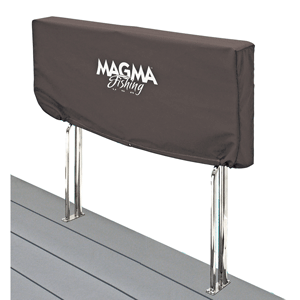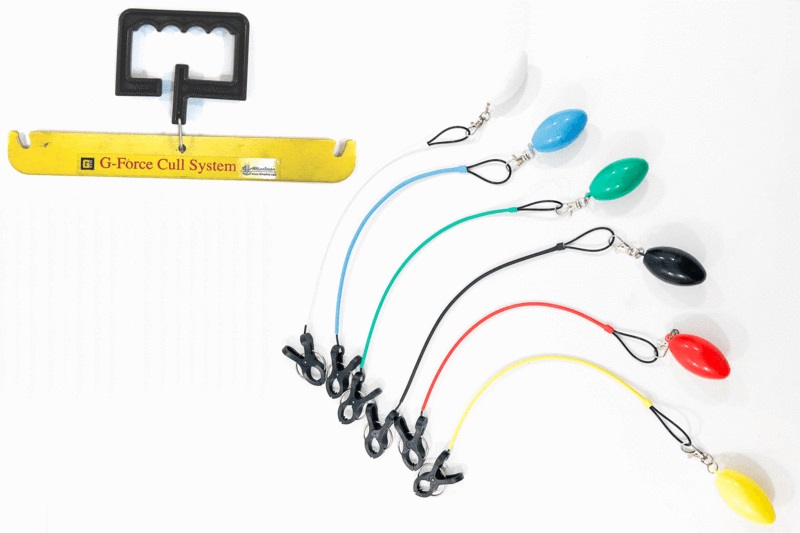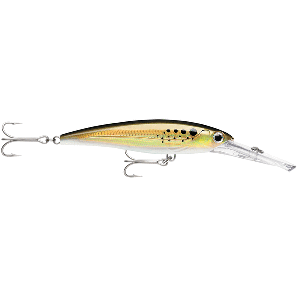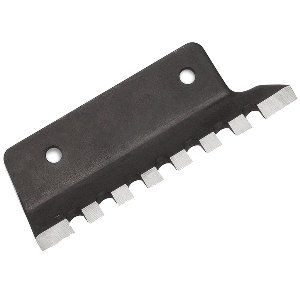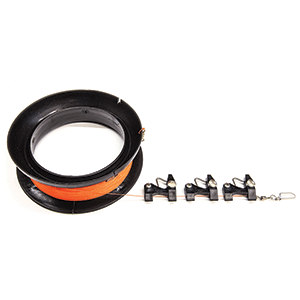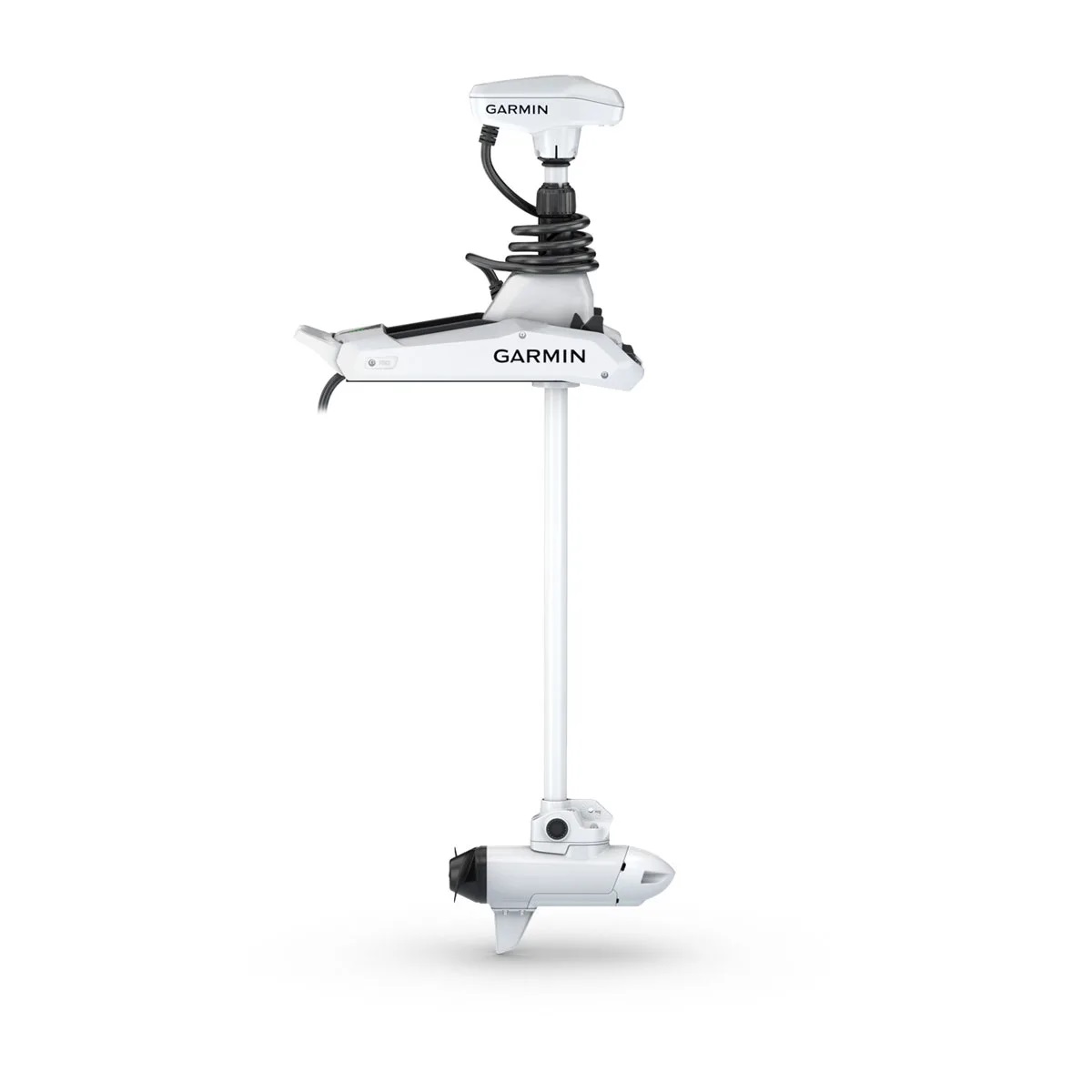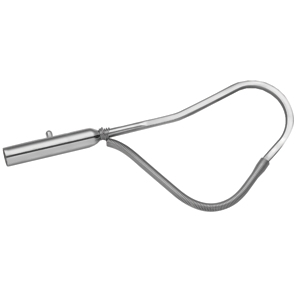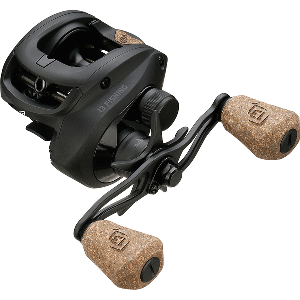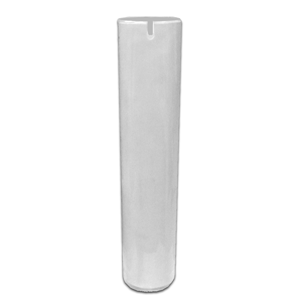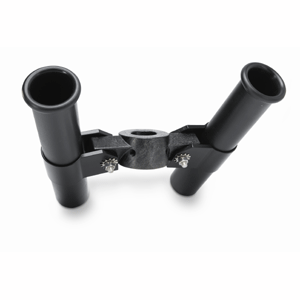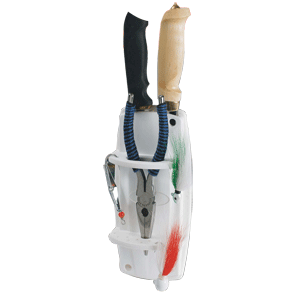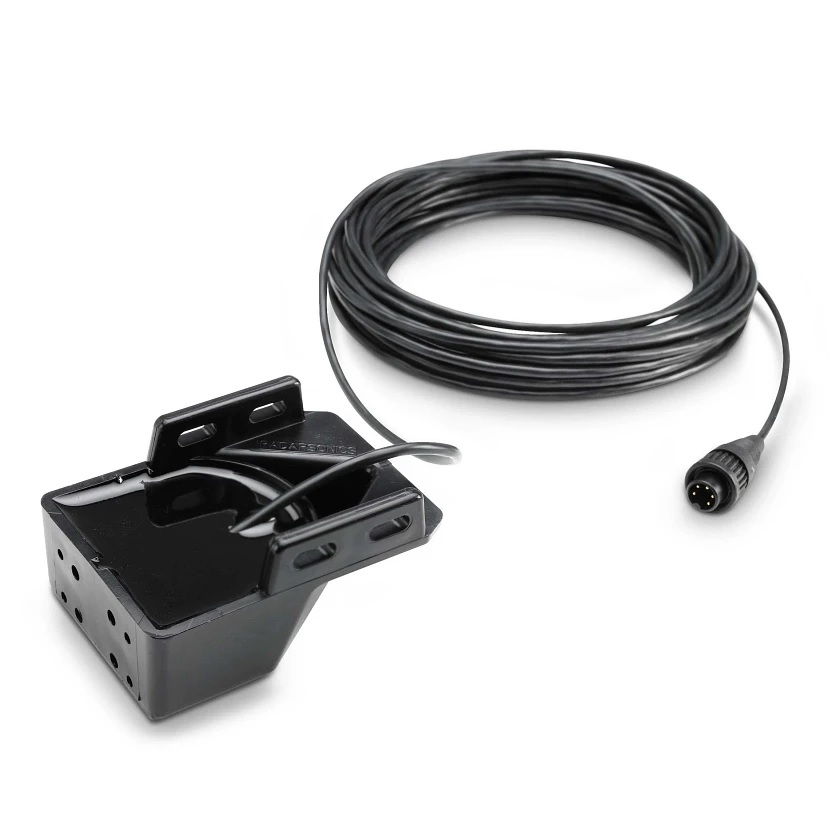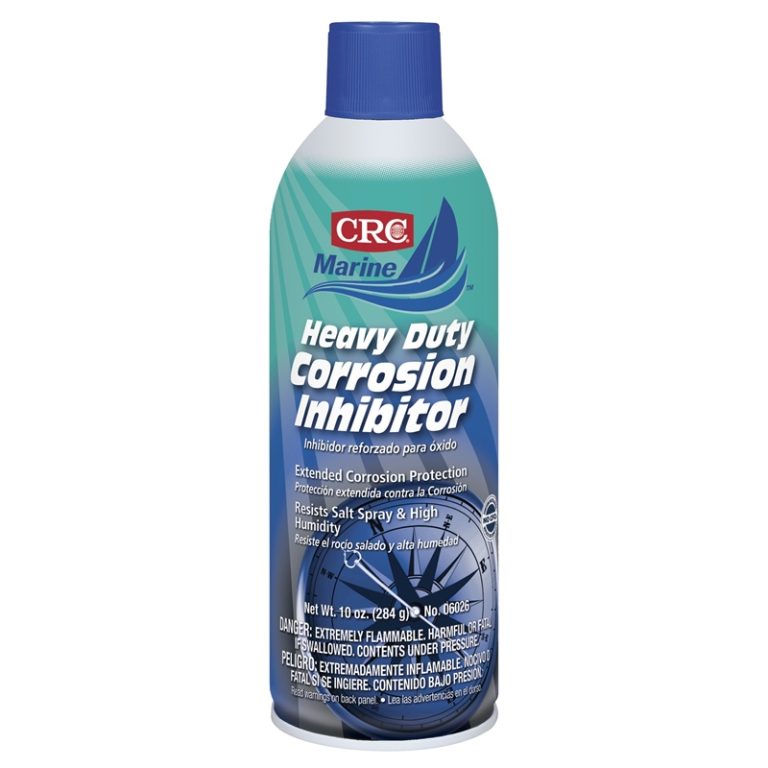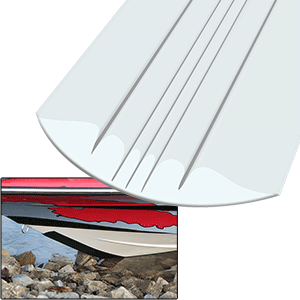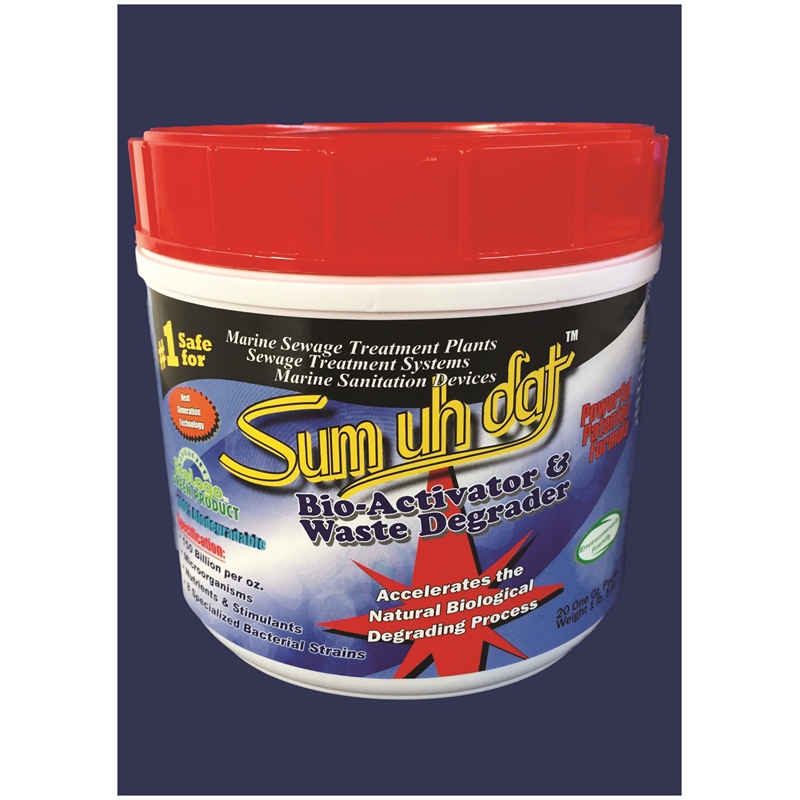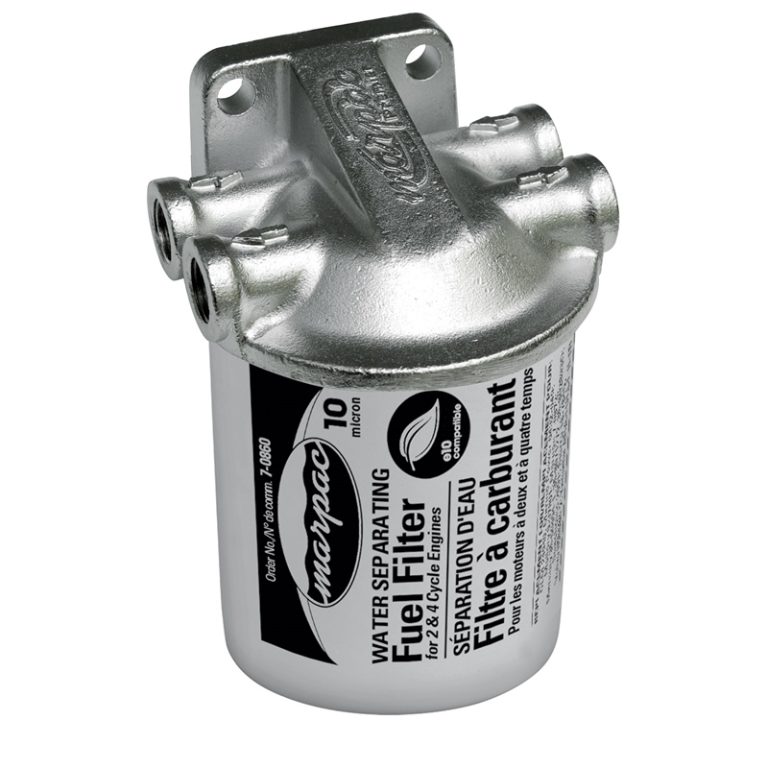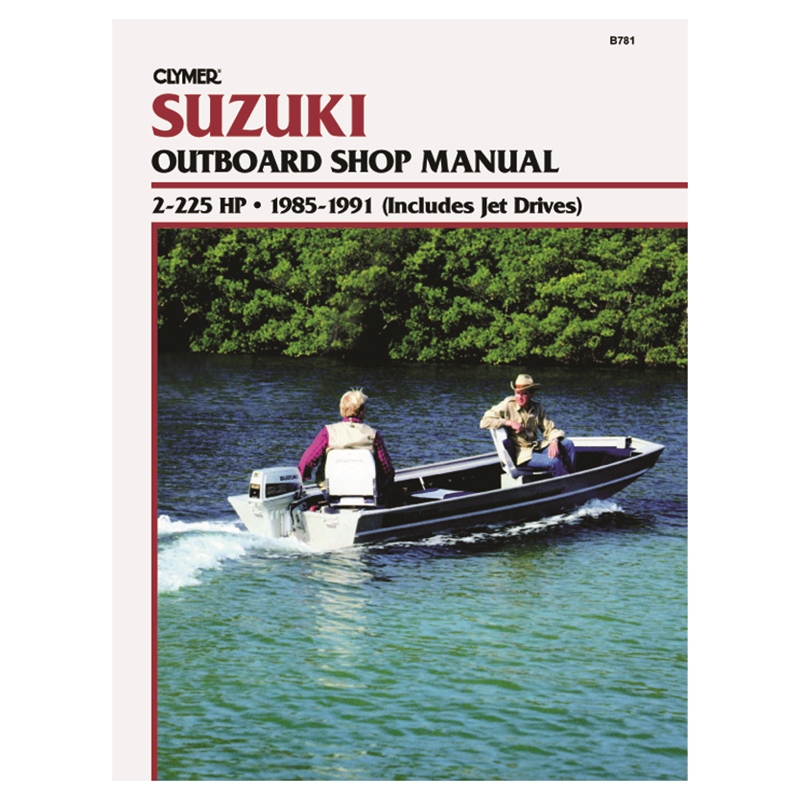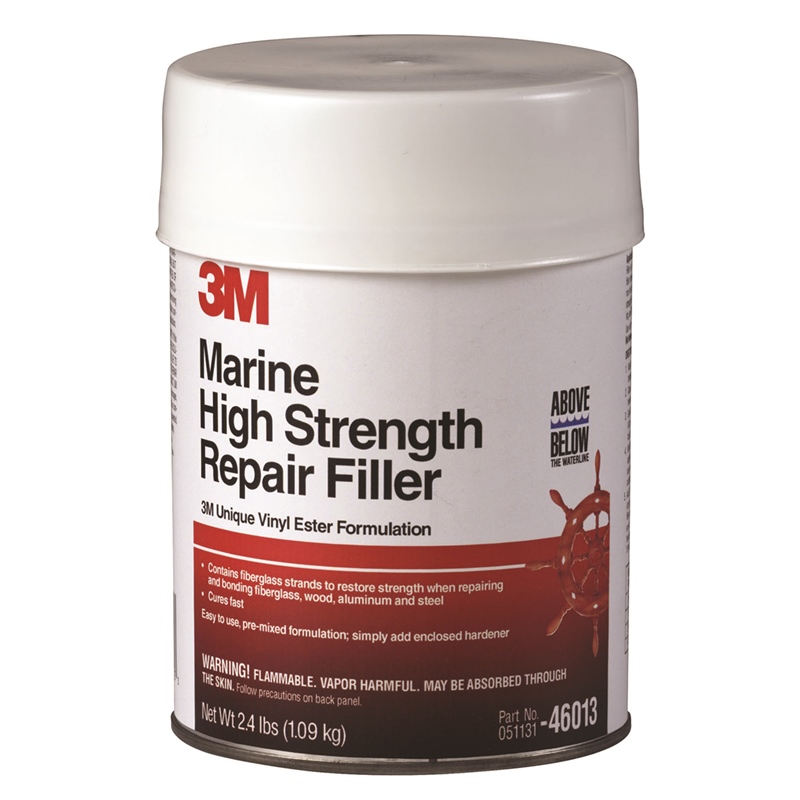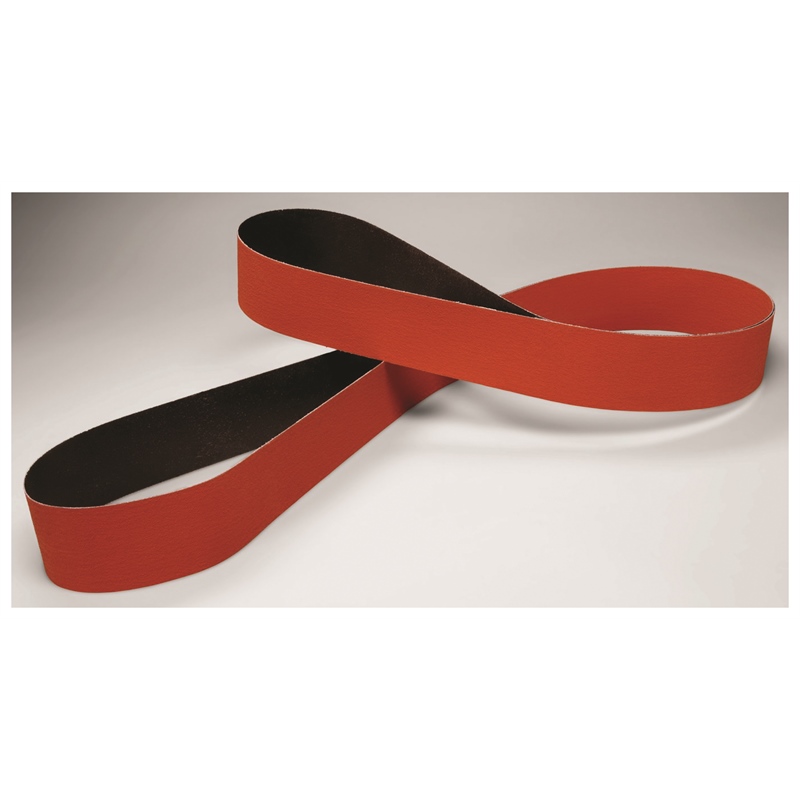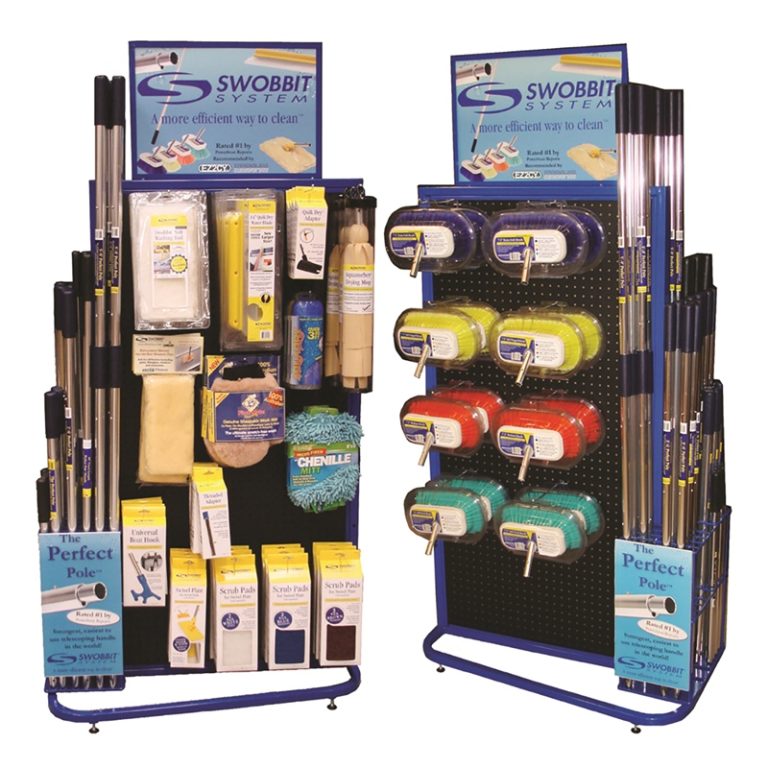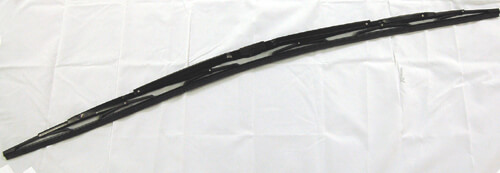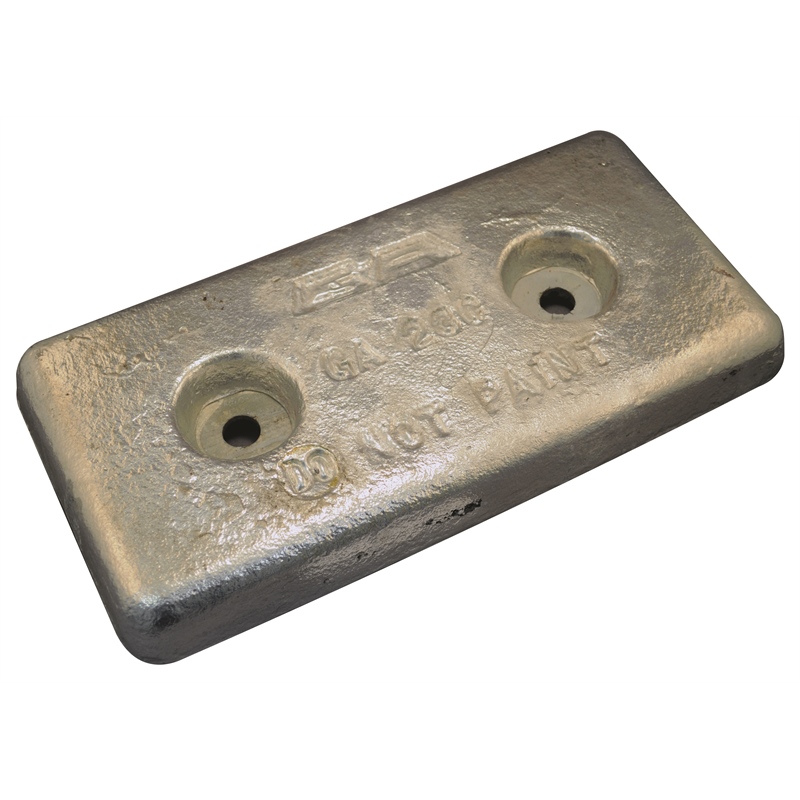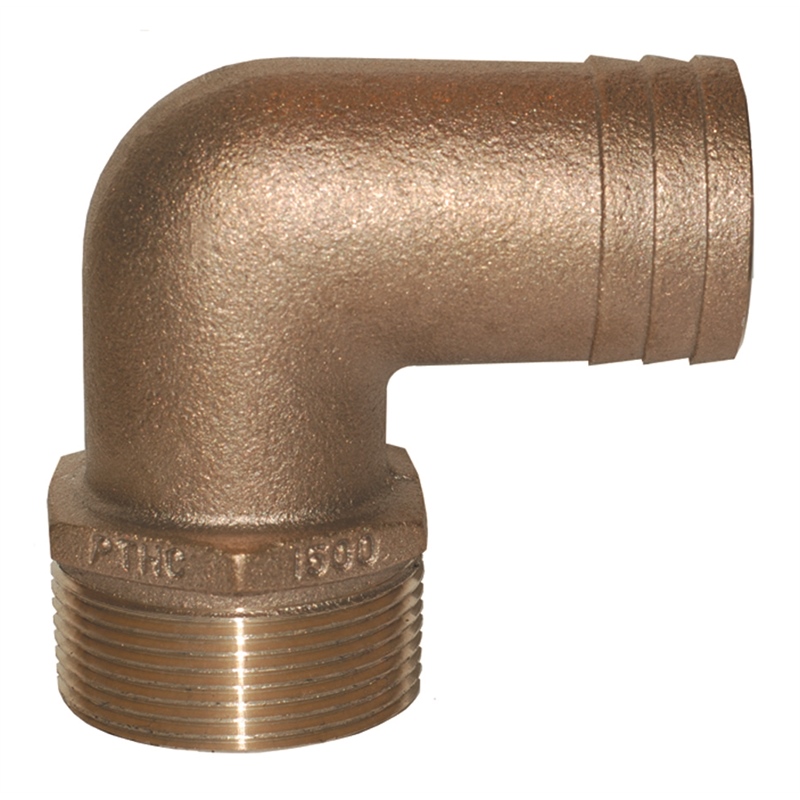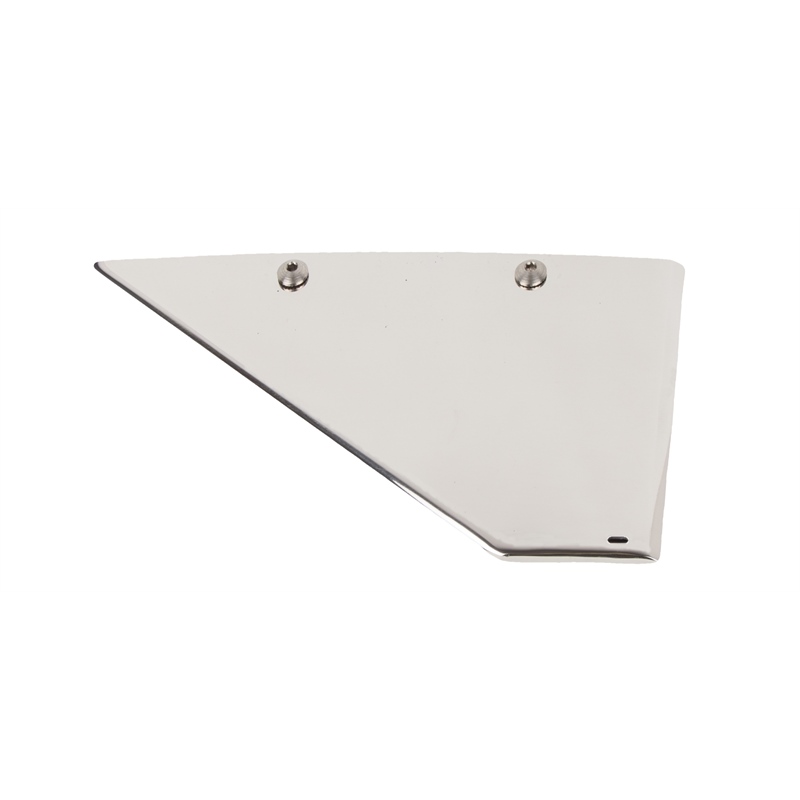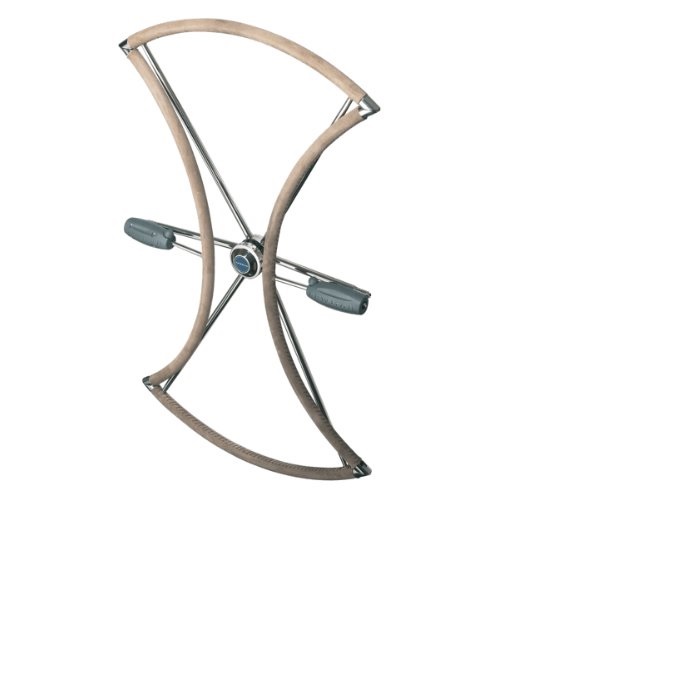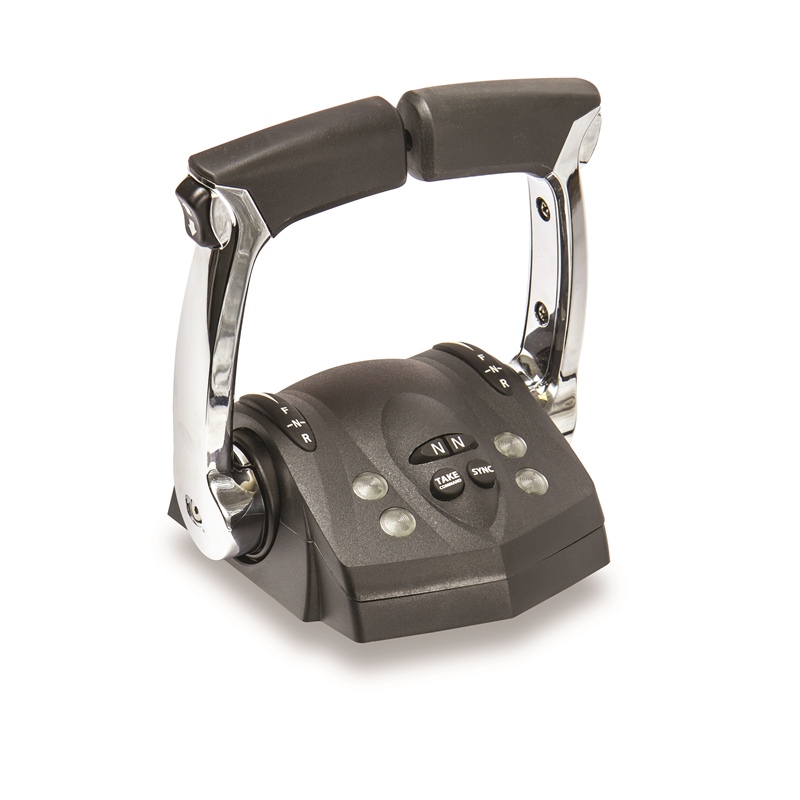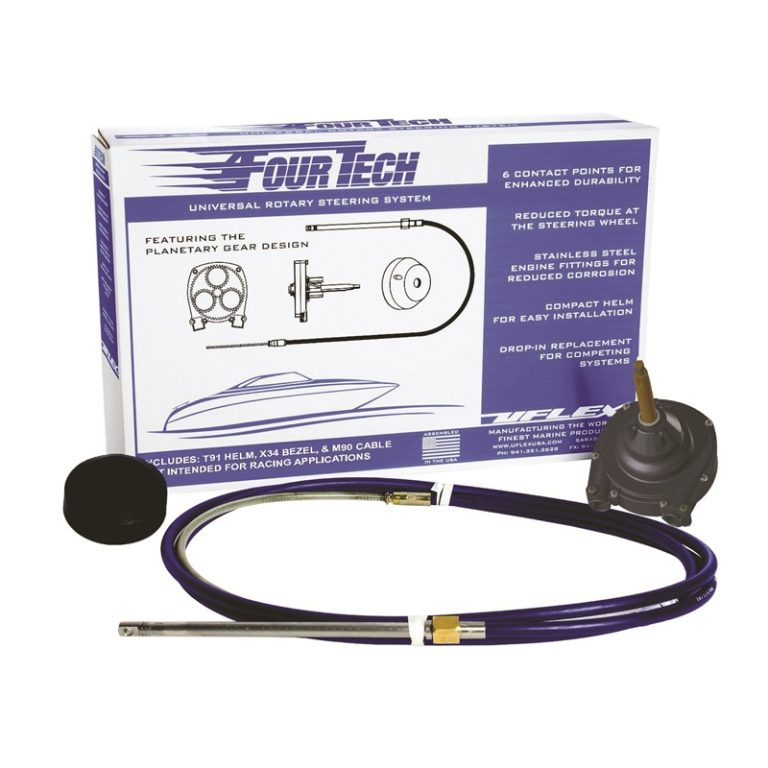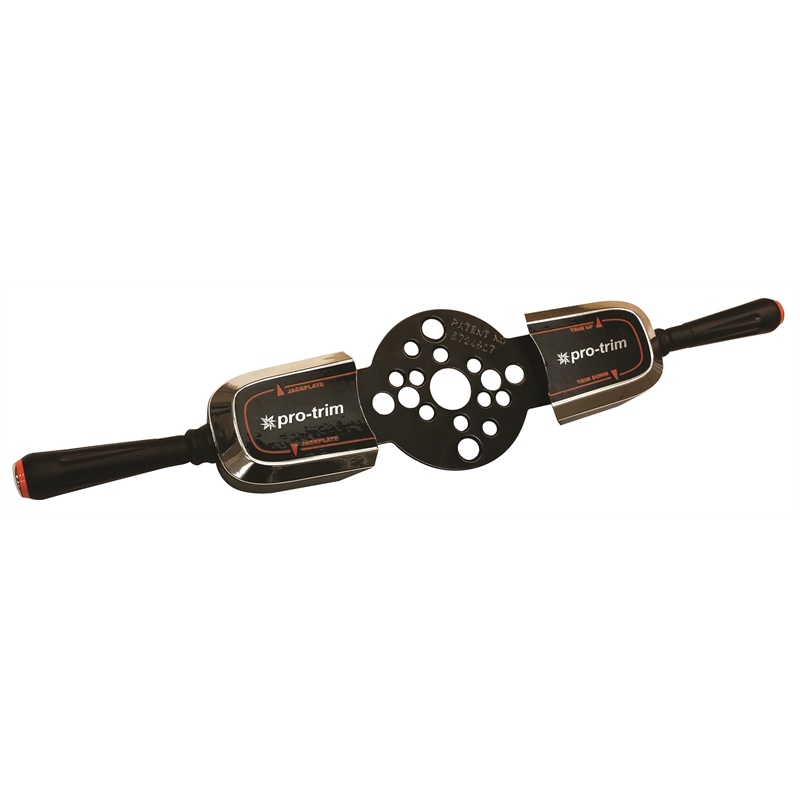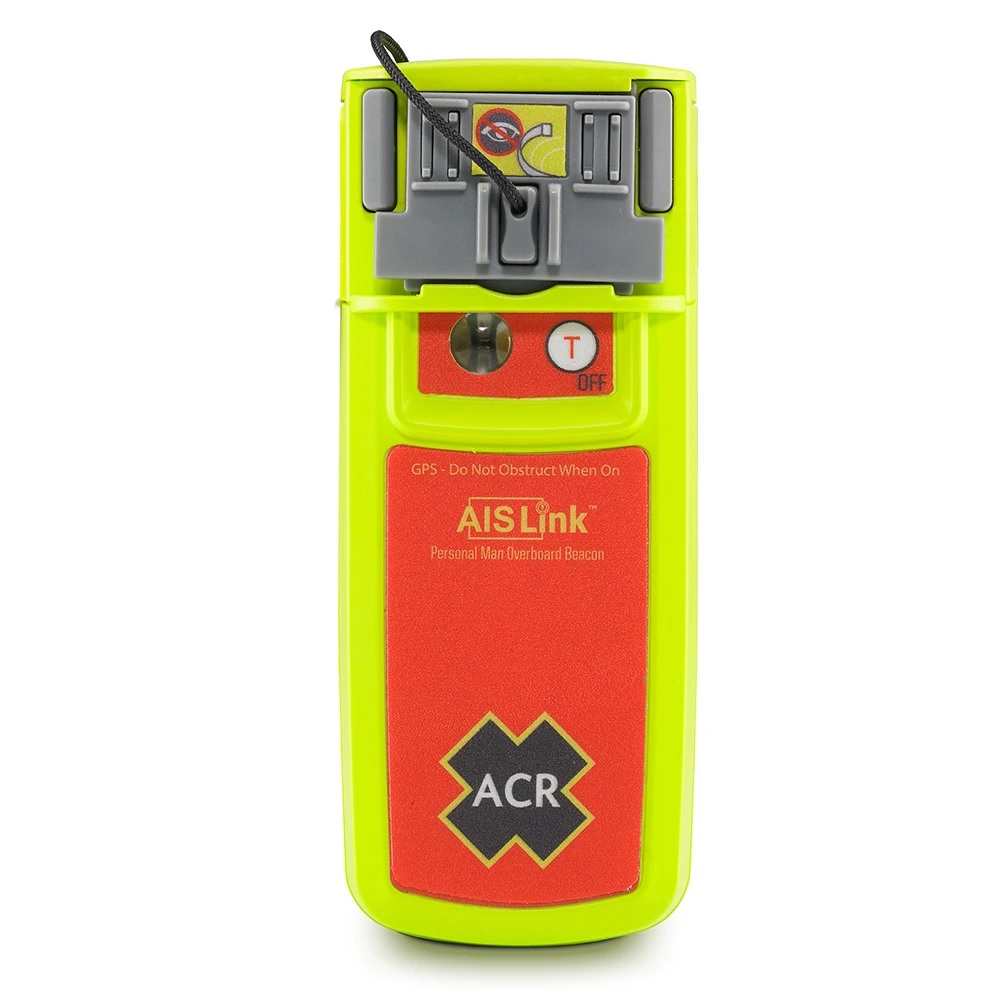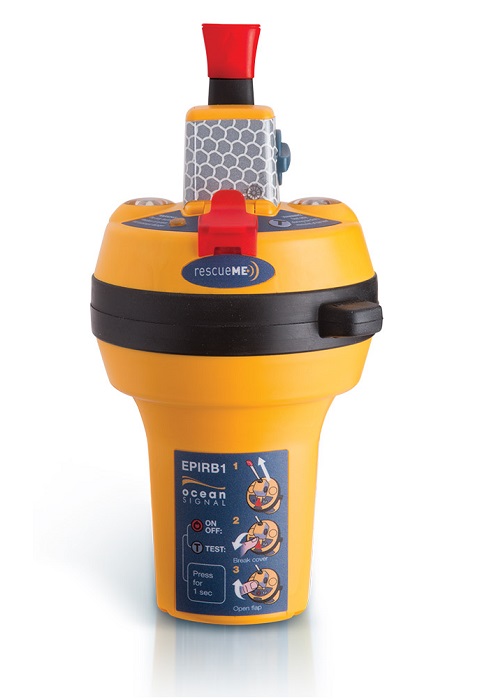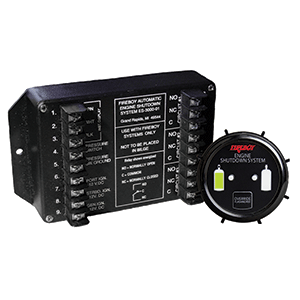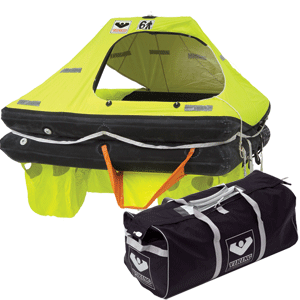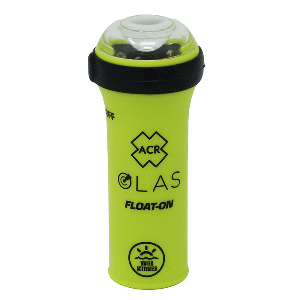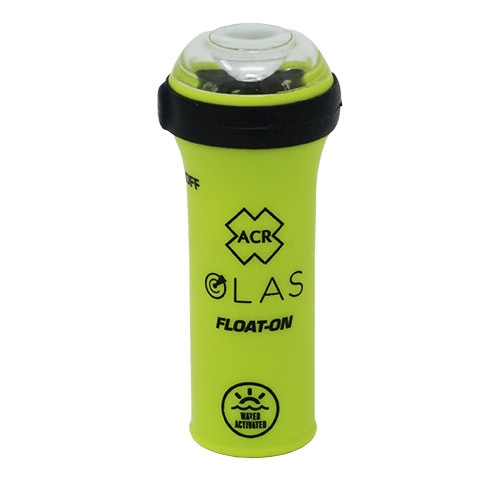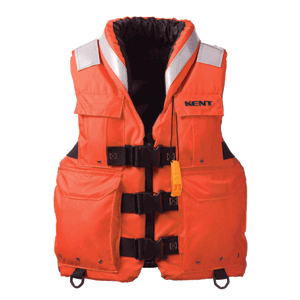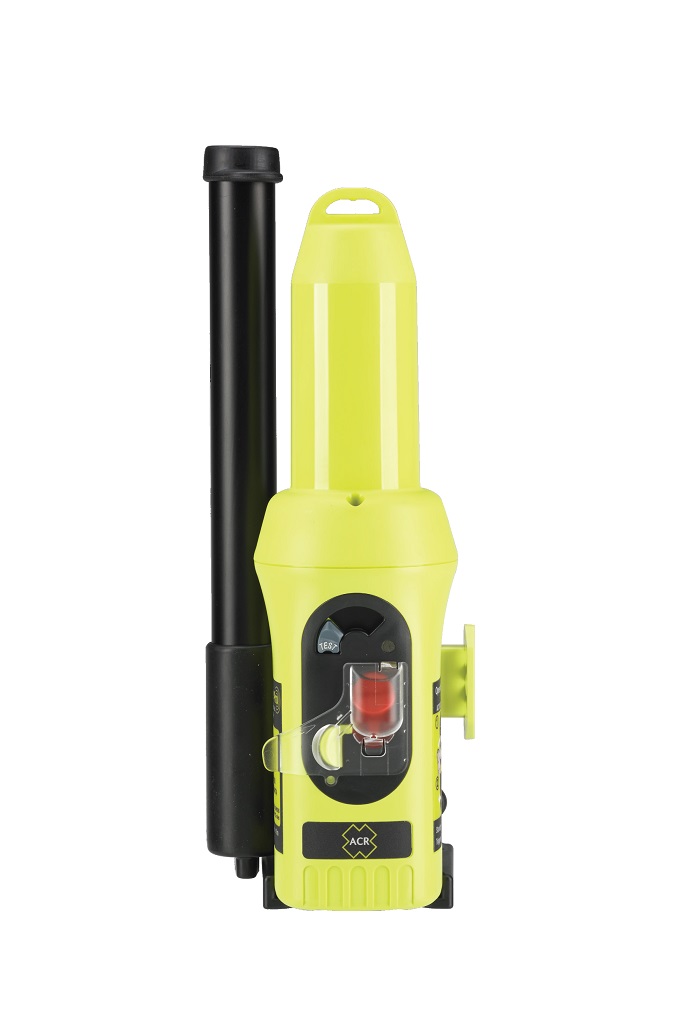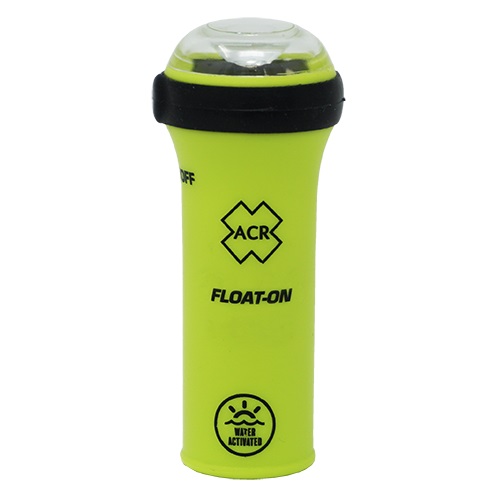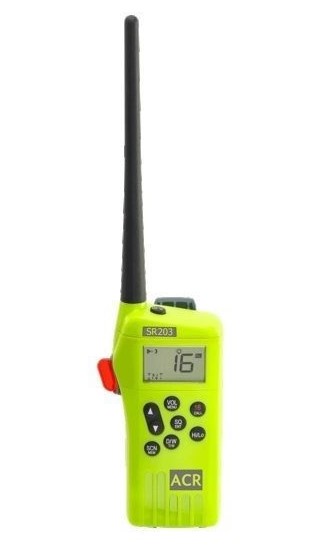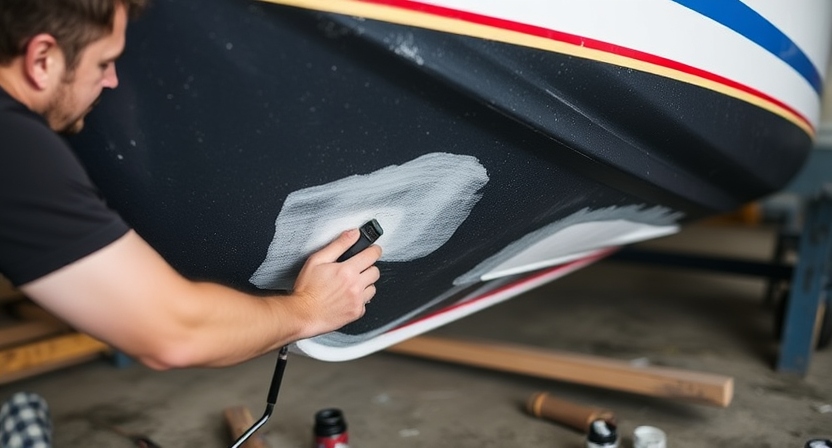OEM vs Aftermarket Yamaha Lower Units: Must-Know Facts

As a boat owner, few things are as stressful as lower unit problems. This critical component is essentially the “transmission” of your outboard – and when it fails, you’re going nowhere fast. When facing replacement, the decision between OEM vs Aftermarket Yamaha Lower Units becomes paramount. This isn’t just about price; it’s about reliability, safety, and protecting your marine investment for years to come.
Having worked with countless boat owners and marine technicians, I’ve seen the real-world consequences of both good and bad lower unit decisions. In this comprehensive guide, we’ll explore every angle to help you make an informed choice that matches your boating needs and budget.
Understanding the Basics: What Exactly Are You Buying?
OEM Yamaha Lower Units – The Factory Original
When you choose an OEM (Original Equipment Manufacturer) lower unit, you’re getting the exact same component that Yamaha installs on their new outboards. This isn’t just a “compatible” part – it’s the genuine article, designed and manufactured to Yamaha’s precise specifications.
What Makes OEM Special:
- Precision Engineering: Every dimension – from shaft length to gear tooth profile – matches Yamaha’s original blueprints exactly
- Premium Materials: Uses Yamaha’s proprietary YDC30 aluminum alloy, specifically formulated for marine corrosion resistance
- Advanced Manufacturing: Produced using Yamaha’s state-of-the-art casting and CNC machining processes
- Complete Integration: Designed to work seamlessly with Yamaha’s engine management systems and sensors
- Rigorous Testing: Every unit undergoes comprehensive quality control, including 3D scanning and pressure testing
Aftermarket Yamaha Lower Units – The Third-Party Alternative
Aftermarket lower units are produced by independent companies aiming to provide compatible replacements at lower prices. The quality spectrum here is incredibly wide – ranging from well-engineered alternatives to downright dangerous imitations.
Aftermarket Reality Check:
- Cost-Driven Manufacturing: Typically 30-60% cheaper than OEM, but corners are often cut to achieve this
- Variable Quality Control: Standards vary dramatically between manufacturers
- Material Compromises: Often use generic aluminum alloys with inferior corrosion protection
- “Close Enough” Engineering: May fit multiple models but rarely matches OEM precision
- Limited Sensor Integration: May lack proper mounting points for modern engine sensors
Detailed Technical Comparison: Beyond the Surface
| Technical Aspect | OEM Yamaha Lower Unit | Aftermarket Lower Unit |
|---|---|---|
| Material Composition | YDC30 marine-grade aluminum with multi-layer corrosion protection | Generic aluminum alloys with basic coating, varying by manufacturer |
| Gear Manufacturing | Case-hardened gears with precise tooth profiling for smooth engagement | Often through-hardened with less precise machining, leading to noise |
| Bearing Quality | Japanese or German-made bearings with exact clearance specifications | Cost-effective bearings from various sources, clearance may vary |
| Seal Technology | Viton double-lipped seals with precision-machined sealing surfaces | Generic nitrile seals, sometimes single-lipped for cost savings |
| Hydrodynamic Design | Computationally optimized for minimal drag and maximum efficiency | Often copied from OEM with slight variations affecting performance |
| Sensor Integration | Full compatibility with Yamaha’s engine management system | May lack sensor ports or have compatibility issues |
Advantages of OEM Yamaha Lower Units
- Perfect Fitment: Bolts on without modification or guesswork
- Proven Reliability: Thousands of hours of Yamaha engineering and testing
- Warranty Protection: Full Yamaha warranty (typically 1-3 years) and preserves engine warranty
- Corrosion Resistance: Superior protection for saltwater use
- Resale Value: Maintains your engine’s value and demonstrates proper maintenance
- Peace of Mind: Know you have the right part for the job
- Technical Support: Access to Yamaha’s dealer network and technical resources
Potential Drawbacks of Aftermarket Units
- Quality Roulette: Inconsistent manufacturing standards
- Voided Warranties: Can invalidate your engine’s factory warranty
- Installation Headaches: May require shimming, modification, or special tools
- Premature Failure: Higher risk of early gear wear, seal leaks, or bearing failure
- Performance Issues: Potential for vibration, noise, or reduced efficiency
- Hidden Costs: Labor for repeated installations or repairs can outweigh initial savings
- Safety Concerns: Catastrophic failure under load could create dangerous situations
👉 Upgrade Your Yamaha Outboard Today
Get the best-performing Yamaha lower units at unbeatable prices.
Shop Yamaha Lower Units Now
Real-World Cost Analysis: The True Price of Your Decision
Many boat owners focus solely on the upfront cost difference, but the true financial impact requires looking at the complete picture:
Total Cost of Ownership Example:
Scenario: Replacement needed for a Yamaha F150 (2020 model)
OEM Option: $3,200 (part) + $400 (installation) = $3,600 total
Aftermarket Option: $1,800 (part) + $400 (installation) = $2,200 total
Initial Savings: $1,400
But Consider: If the aftermarket unit fails after 2 years and needs replacement, your total cost becomes $4,400 plus additional downtime and inconvenience. The OEM unit, lasting 5+ years, proves more economical long-term.
Expert Recommendations: Making the Right Choice for Your Situation
When OEM is Non-Negotiable:
- Newer Engines (Under Warranty): Protect your investment and maintain coverage
- Commercial Operations: Reliability directly impacts your income
- High-Performance Applications: Precision matters at high RPMs
- Frequent Saltwater Use: Superior corrosion protection is worth the premium
- Safety-Critical Applications: Search and rescue, law enforcement, or charter operations
When Aftermarket Might Make Sense:
- Older Project Boats: Where resale value isn’t a concern
- Limited Budget Situations: When OEM is financially impossible
- Backup/Spare Units: For emergency situations
- Non-Critical Freshwater Use: Occasional recreational boating
Frequently Asked Questions: Your Concerns Addressed
1. How significant is the difference in corrosion resistance between OEM and aftermarket lower units?
The difference can be dramatic, especially in saltwater environments. Yamaha’s YDC30 alloy is specifically formulated for marine use and undergoes multiple anti-corrosion treatments. Many aftermarket units use generic aluminum with basic coating that may show pitting and corrosion within a single season. I’ve inspected aftermarket units that developed significant corrosion after just one year, while OEM units from the same period showed minimal issues.
2. If my Yamaha is out of warranty, does it still matter which lower unit I choose?
Absolutely. While warranty concerns may be eliminated, the factors of reliability, performance, and resale value remain crucial. An out-of-warranty engine with OEM parts typically commands significantly higher resale value. More importantly, the reliability difference doesn’t disappear when the warranty expires. Many boat owners discover that the “savings” from aftermarket parts evaporate when dealing with premature failures and repeated installation costs.
3. Are there specific aftermarket brands that marine technicians recommend?
Some aftermarket brands have earned better reputations than others. SEI (Sterndrive Engineering) is often mentioned as a mid-tier option with decent customer service. However, even the best aftermarket brands typically can’t match OEM for long-term durability. When technicians do recommend aftermarket, it’s usually with significant caveats about usage limitations and expected lifespan. Most professional marine technicians will still recommend OEM for primary vessels.
4. What specific installation challenges might I face with an aftermarket Yamaha lower unit?
Common issues include:
- Shift shaft alignment: May require bending or modification
- Water tube misalignment: Can lead to cooling system problems
- Bolt pattern variances: May require drilling or special adapters
- Drive shaft spline issues: Can cause engagement problems
- Sensor connector differences: May require wiring modifications
These issues can turn a straightforward installation into a day-long project requiring specialized tools and expertise.
5. How does gear ratio accuracy compare between OEM and aftermarket units?
Yamaha maintains extremely tight tolerances on gear ratios (typically within 0.5%). Aftermarket units may have variations up to 3-5%, which can affect engine RPM at wide-open throttle, fuel efficiency, and overall performance. I’ve verified this with multiple installations where aftermarket units showed different RPM readings at the same speed compared to OEM units.
6. What are the long-term maintenance implications of choosing aftermarket?
Aftermarket units often require more frequent maintenance and earlier replacement. Expect to:
- Change gear lube more frequently (every 50-100 hours instead of 100-200)
- Monitor for water intrusion more carefully
- Address seal leaks sooner
- Plan for replacement in 2-4 years instead of 5-8+ with OEM
The reduced maintenance intervals can quickly erase any initial cost savings.
7. How can I verify if an aftermarket unit will properly fit my specific Yamaha model?
Always cross-reference using your engine’s serial number, not just the model. Contact the aftermarket manufacturer directly with your serial number and ask for:
- Specific installation instructions for your exact model
- Any known compatibility issues
- List of required modifications or additional parts
- Customer references for your specific engine model
Be very wary of suppliers who can’t provide model-specific guidance.
8. What is your final recommendation for most recreational boaters?
For the average recreational boater, I recommend saving a bit longer if necessary to afford the OEM unit. The peace of mind, reliability, and maintained resale value are worth the additional investment. If budget absolutely requires aftermarket, choose a reputable brand, have it installed by a qualified technician who can identify any compatibility issues, and maintain it more rigorously than you would an OEM unit. Remember: your lower unit is one of the worst places to try to save money on your boat.
Final Thoughts
Choosing between OEM and aftermarket Yamaha lower units ultimately comes down to your priorities. If reliability, warranty protection, and long-term value are your main concerns – and for most boaters they should be – then OEM is the clear choice. If immediate cost savings are absolutely necessary and you’re willing to accept potential compromises in longevity and performance, a quality aftermarket unit from a reputable supplier might suffice.
Having seen both successes and failures with each option, my professional advice leans strongly toward OEM for primary vessels. The old adage holds true: “Buy nice or buy twice.” When it comes to your boat’s propulsion system, this wisdom is particularly relevant.
Read More:
Yamaha Lower Unit Compatibility Chart | 5 Reliable Steps to Choose the Right Replacement
Yamaha Outboard Motor Lower Unit — Anatomy, Purpose, and Common Issues
Yamaha Lower Unit Upgrades: Performance Mods Worth Considering
👉 Upgrade Your Yamaha Outboard Today
Get the best-performing Yamaha lower units at unbeatable prices.
Have any questions? Our experts are available anytime — just text us in the chatbot below.
